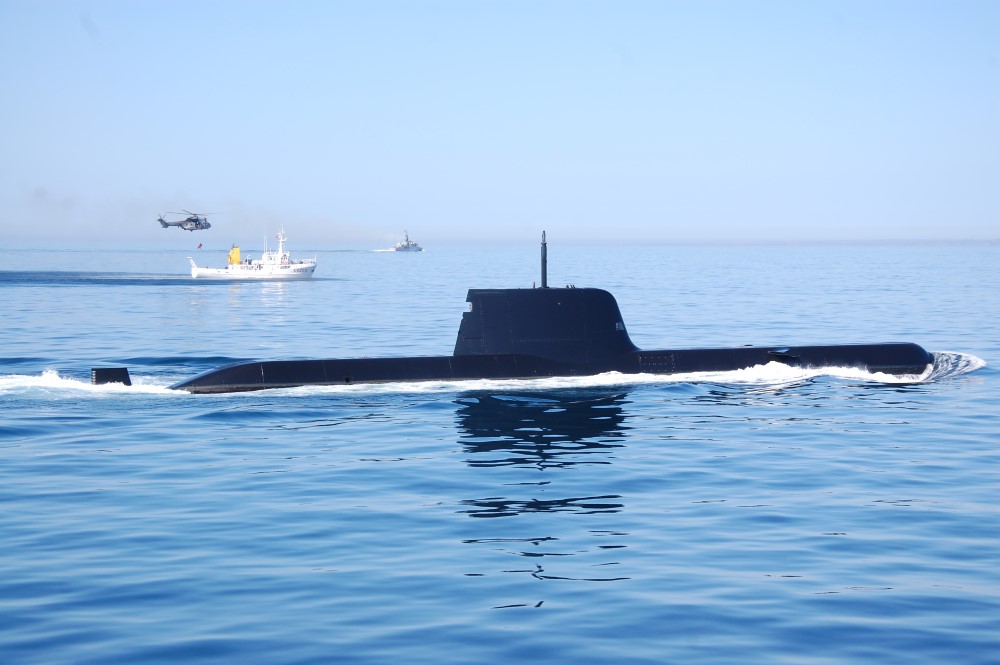 "Saving refugees in the Mediterranean is the continuation of the work the Navy has always done: rescues at sea," said the Chief of Staff of the Armed Forces (CEMGFA), General Artur Pina Monteiro, at the end of the 2015 naval exercise Seaborder, which took place off the Algarve coast, with the participation of naval and air resources from Spain, France, Italy, Morocco, Portugal and Tunisia.
"Saving refugees in the Mediterranean is the continuation of the work the Navy has always done: rescues at sea," said the Chief of Staff of the Armed Forces (CEMGFA), General Artur Pina Monteiro, at the end of the 2015 naval exercise Seaborder, which took place off the Algarve coast, with the participation of naval and air resources from Spain, France, Italy, Morocco, Portugal and Tunisia.
Hence, this mission is not new for the Portuguese Navy, which has been involved in that humanitarian issue within the scope of the European agency Frontex.
The Seaborder exercise is part of the 5+5 Defense Initiative, which, in addition to the aforementioned countries, also includes Algeria, Libya, Malta and Mauritania. The initiative was created ten years ago, when the issue of migrants in the Mediterranean was already being raised, but there were still other common international maritime security challenges.
The exercise, explained CEMGFA, "translates international cooperation between five countries in Europe and many in North Africa", in a "multi-challenge reality in the Mediterranean", which has to do with the issue of migrants and refugees, but also as other issues related to international security, such as trafficking in arms, people or drugs.
The joint exercises, like the one that took place off Portimão, are intended to train the forces of the various countries, not so much in the type of missions, but above all in joint work, in cooperation: «when determined, we will be in better conditions to act together», added General Pina Monteiro. Furthermore, he underlined, "what was done here has been done, in real terms, in the Mediterranean." «We train for this, to have this good collaboration».
Lieutenant Captain Pedro Coelho Dias, commander of the oceanic patrol vessel NRP Figueira da Foz, one of the Portuguese means that participated in the exercise and that commanded the force, stressed that, taking into account the "common challenges" in the Mediterranean basin, "we need to be at sea and train together, to create a common language."
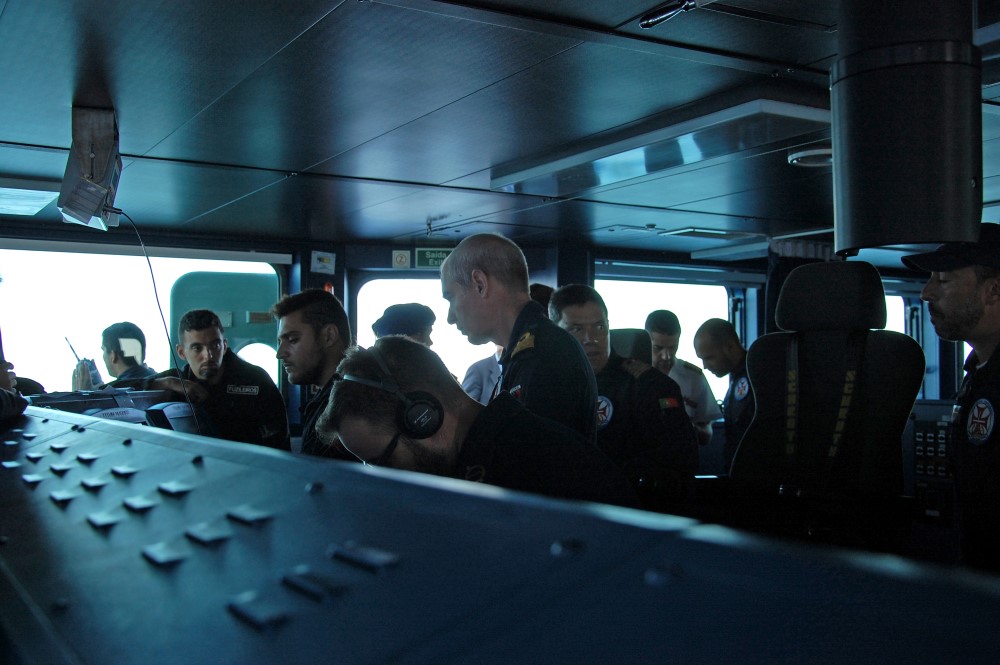 "These are countries that are close, that have common challenges and therefore need to get to know each other and create bonds of cooperation", stressed the commander of the NRP Figueira, one of the jewels of the Portuguese Navy, who, in the Distinguished Visitors Day (DVD), received on board journalists, CEMGFA, as well as other military leaders and observers, from Portugal and from countries participating in the exercise.
"These are countries that are close, that have common challenges and therefore need to get to know each other and create bonds of cooperation", stressed the commander of the NRP Figueira, one of the jewels of the Portuguese Navy, who, in the Distinguished Visitors Day (DVD), received on board journalists, CEMGFA, as well as other military leaders and observers, from Portugal and from countries participating in the exercise.
«You don't act at sea alone. There is international cooperation, through the Frontex agency with the navies, but also with the criminal police bodies of the various countries.
The NRP Figueira da Foz, a ship that has been in the service of the Portuguese Navy for only two years, having been built in the shipyards of Viana do Castelo, is equipped with «advanced technology», allowing it to operate «with a very small garrison» .
For this 2015 Seaborder, a search and rescue scenario was simulated. First, initial contact was made with "vessels suspected of illegal activities", a task in charge, among other means, of the P3-C and C295 aircraft of the Portuguese and Spanish Air Forces, respectively, which collected images in real time, sent to the NRP Figueira da Foz, where the commander of this joint force was.
Based on this information, a search for a fishing vessel suspected of carrying weapons on board took place. This mission was in charge of the approach platoons of the Portuguese marines, transported from the NRP Figueira da Foz to the suspected fishing boat by the Lynx MK95 helicopter of the Portuguese Navy, with the support of the semi-rigid vessel of the French frigate FS Premier Maître L'Her .
In the midst of all this, unbeknownst to anyone on the surface, the Portuguese submarine NRP Tridente was also collecting information 'in a furtive way'.
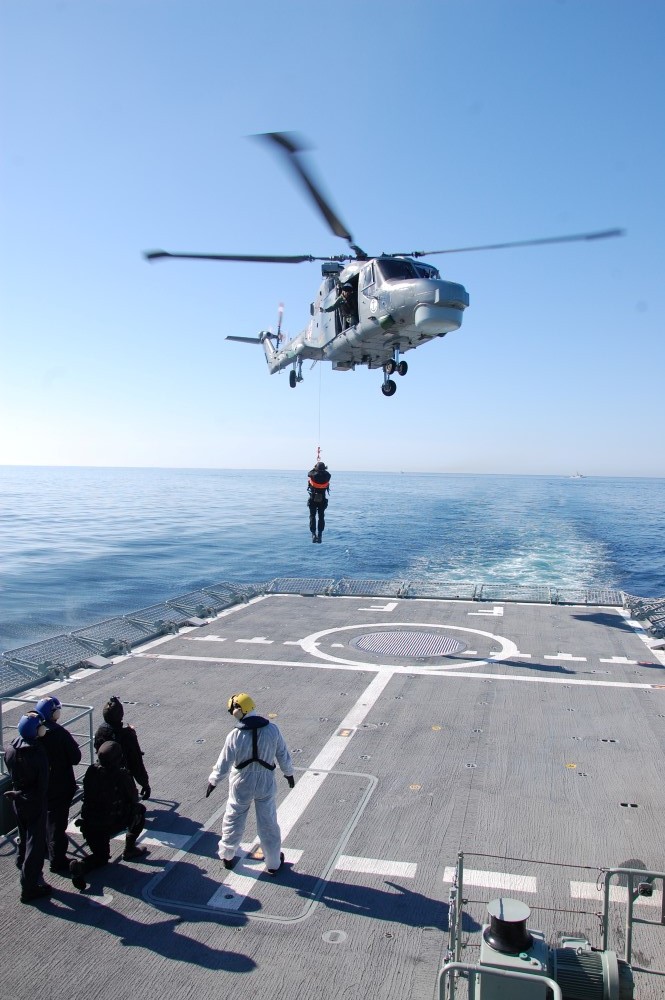 Once this mission was successfully completed, it was the turn of a search and rescue operation, which involved the recovery of a man who had fallen overboard, while a crew member with health problems that forced him to be evacuated from a ship. to your medical evacuation.
Once this mission was successfully completed, it was the turn of a search and rescue operation, which involved the recovery of a man who had fallen overboard, while a crew member with health problems that forced him to be evacuated from a ship. to your medical evacuation.
This time it was all a training exercise, but these are maritime security missions – not military – that modern navies are dedicated to today, especially in areas of the world as troubled and strategically important as the Mediterranean. Bearing in mind that the problems and challenges are common, there is nothing like promoting joint exercises that allow “to establish common procedures and conduct training, certification and qualification activities for crews and crews”.
The military exercises of the Seaborder series arise within the framework of the 5+5 Defense Initiative, with the objective of developing cooperation between member countries and are conducted in a joint and combined environment, in order to exercise the planning and conduct of Maritime Security Operations, interoperability between Maritime Operations Centres, as a contribution to the exercise of Authority at Sea in an international environment.
This year, the organization of Seaborder was the responsibility of Portugal, Spain, Italy and Malta, and it also included, in addition to this exercise that took place for the first time on the Portuguese coast, another in the Mediterranean.
To the reporter from Sul Informação, the most exciting moments were the emergence of the submarine «Tridente», of the Portuguese Navy, the overflight of the ocean patrol vessel «Figueira da Foz» by the four-engine plane P-3 Orion, and also the entire approach operation carried out by the marine platoon and by the Lynx MK95 helicopter of the Portuguese Navy.
Here are the images of the exercise Seaborder 2015 (photos Elisabete Rodrigues/Sul Informação):
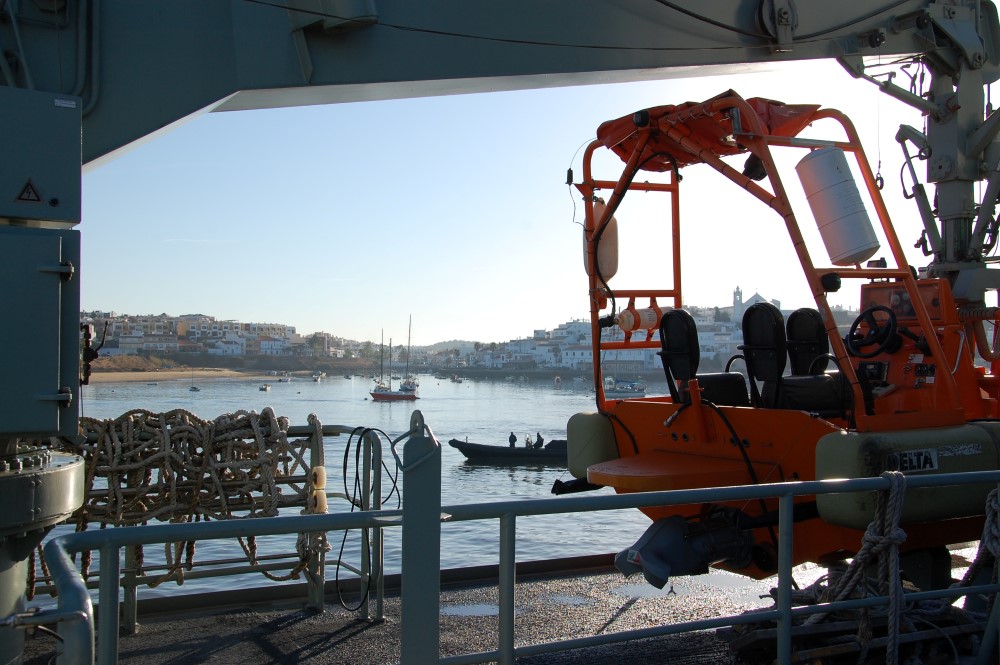
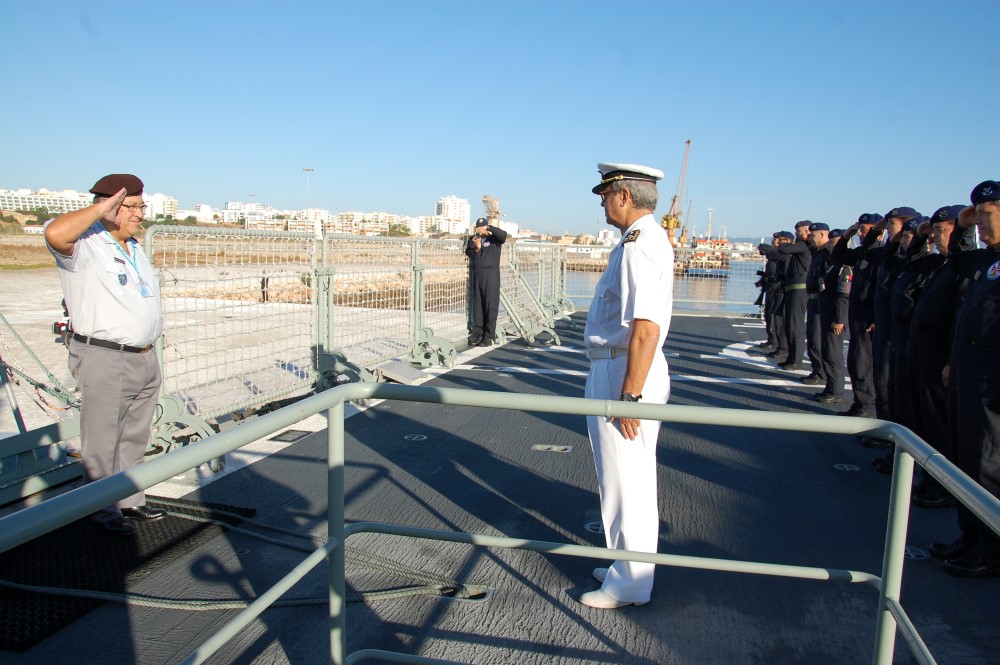
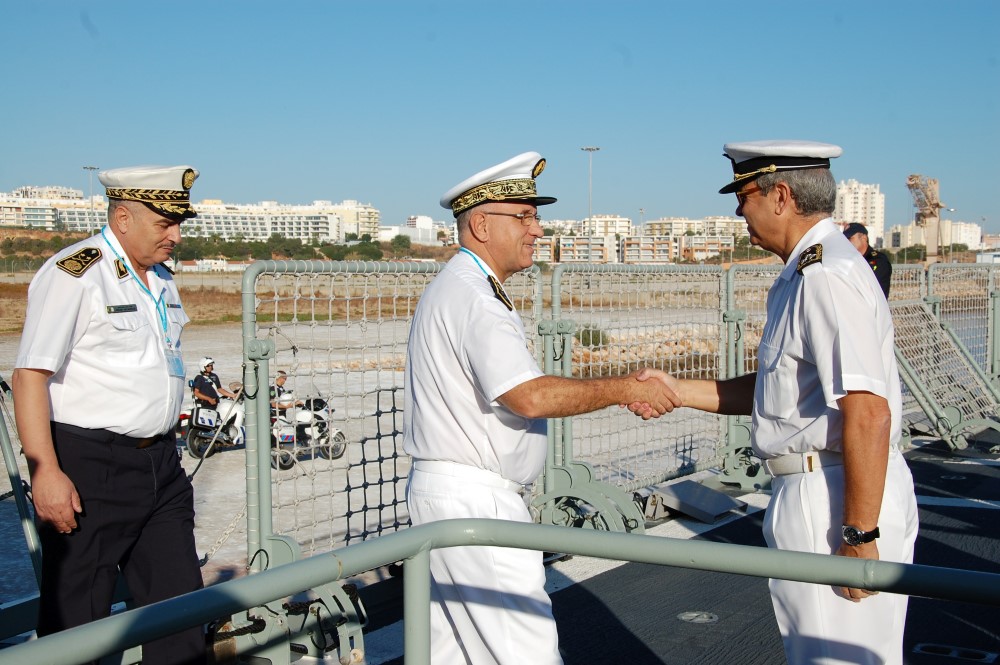
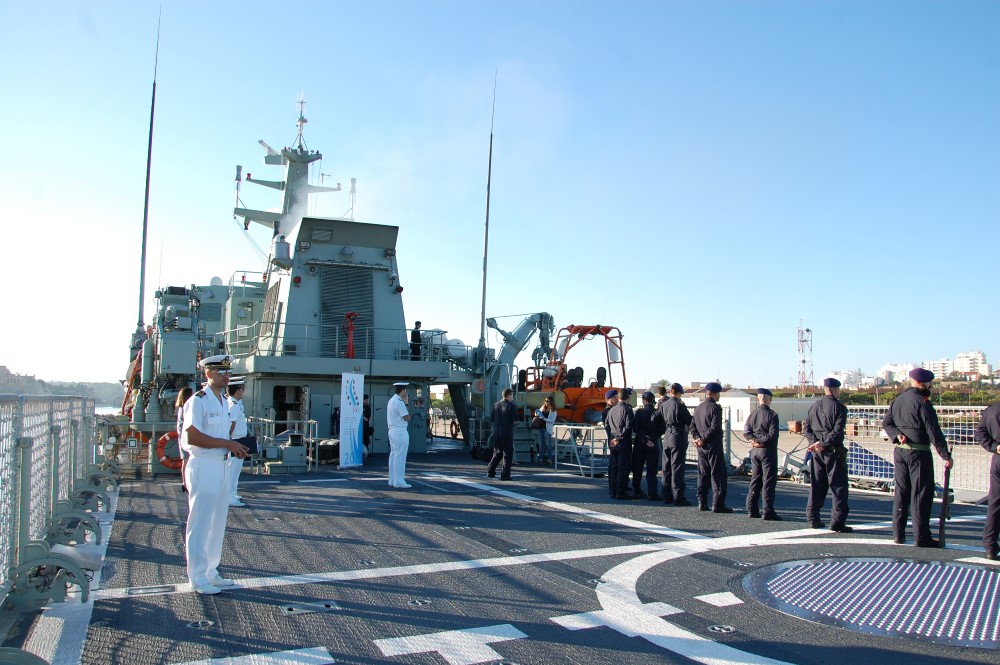
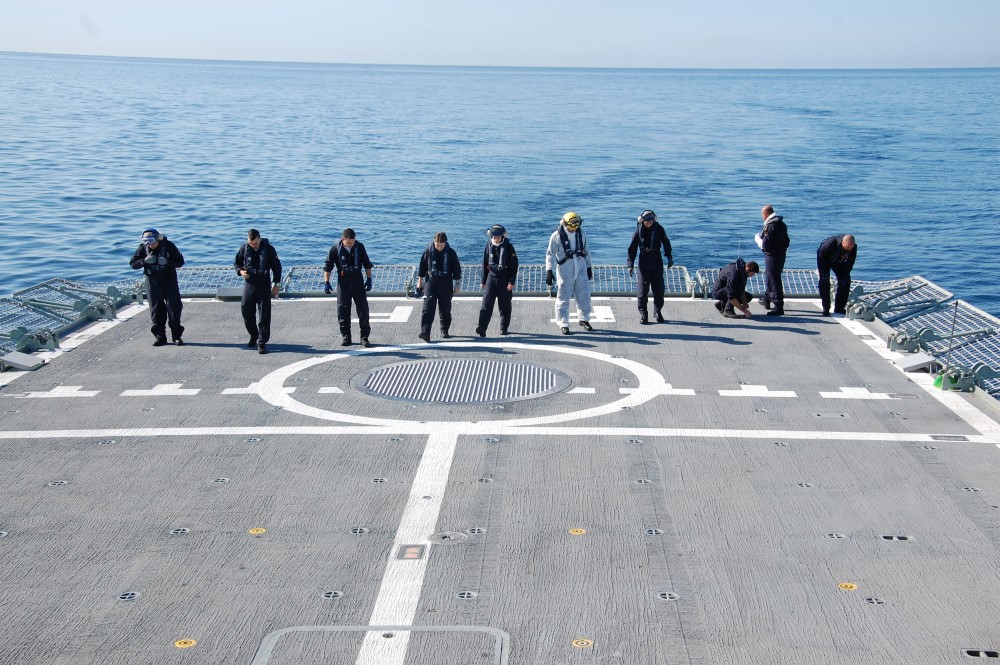
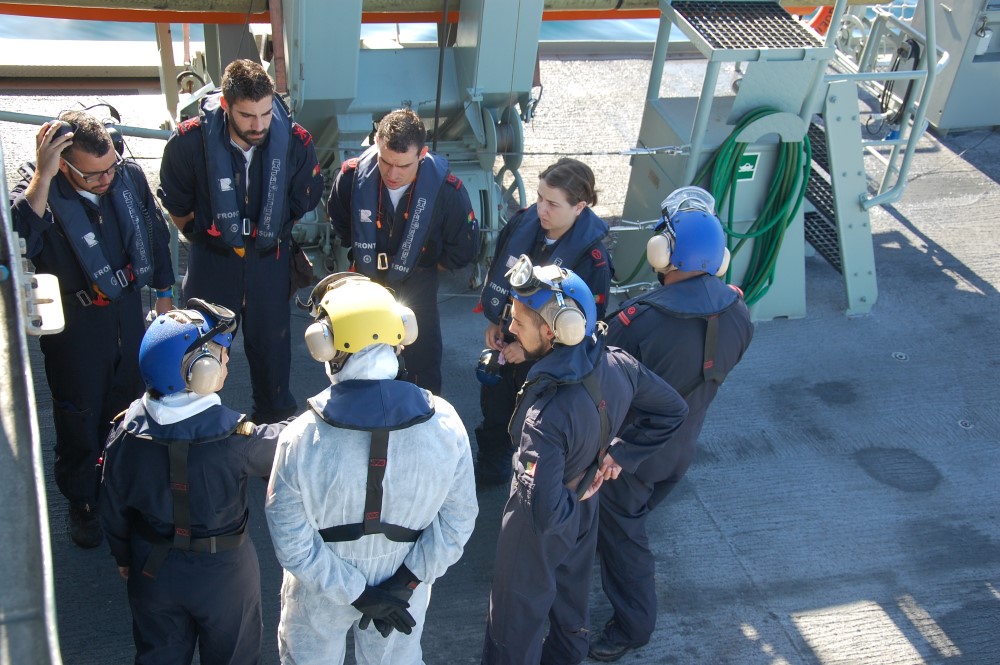
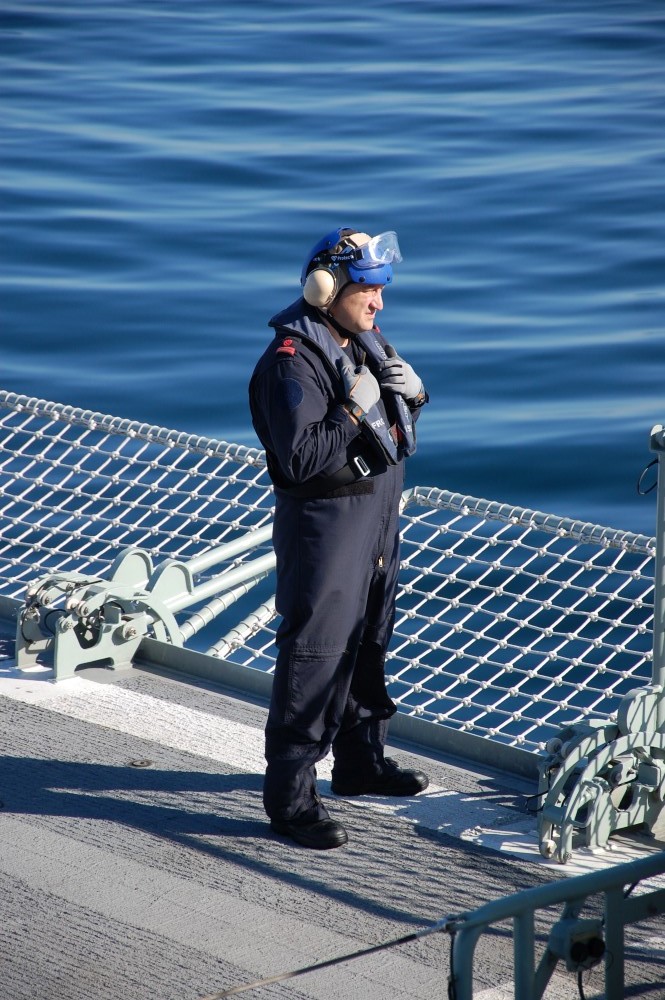
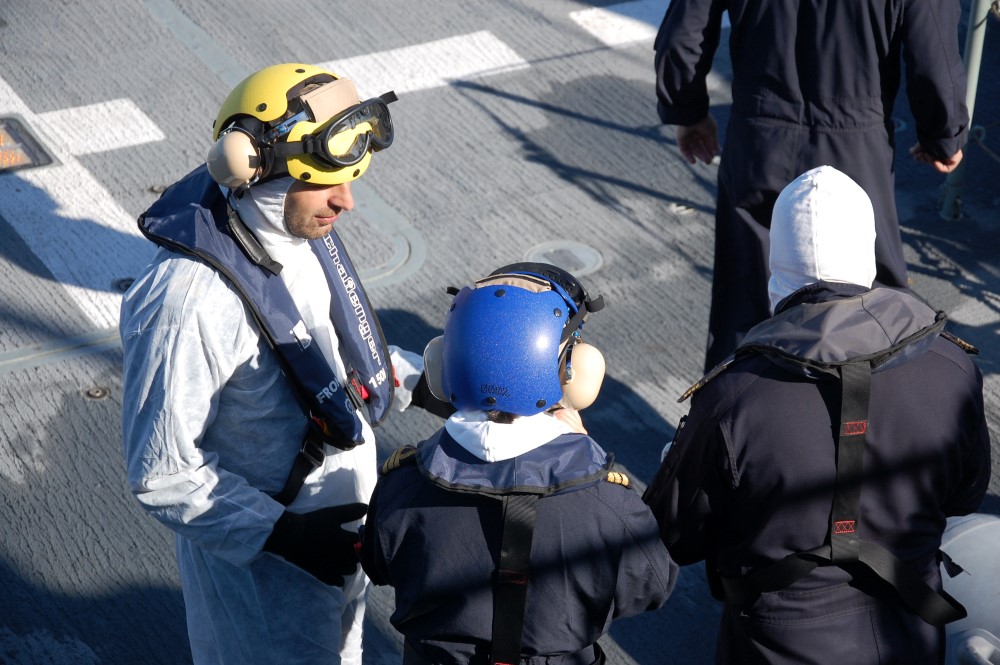
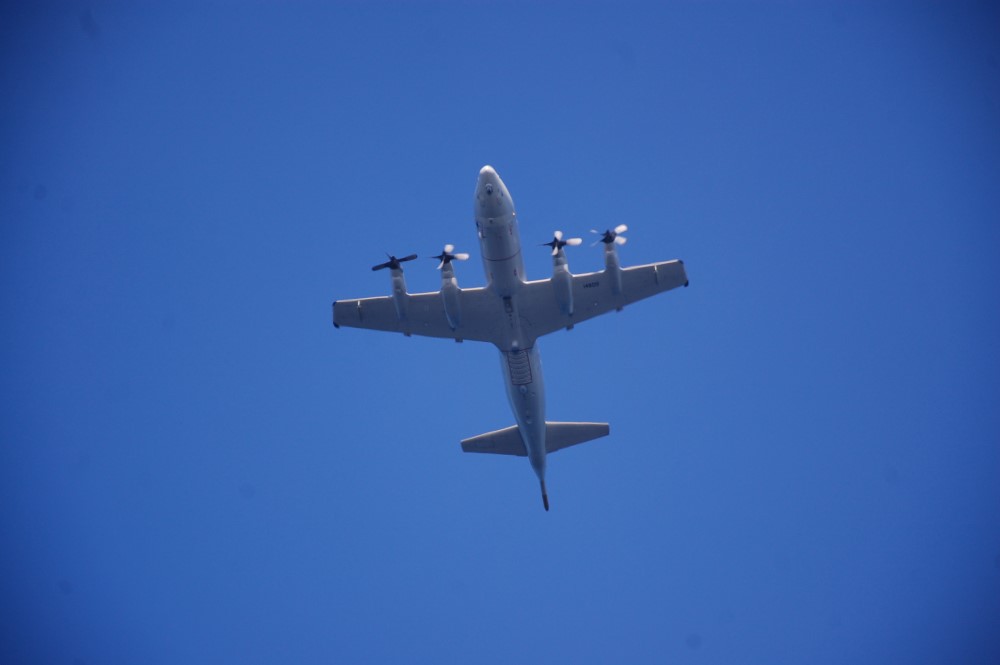
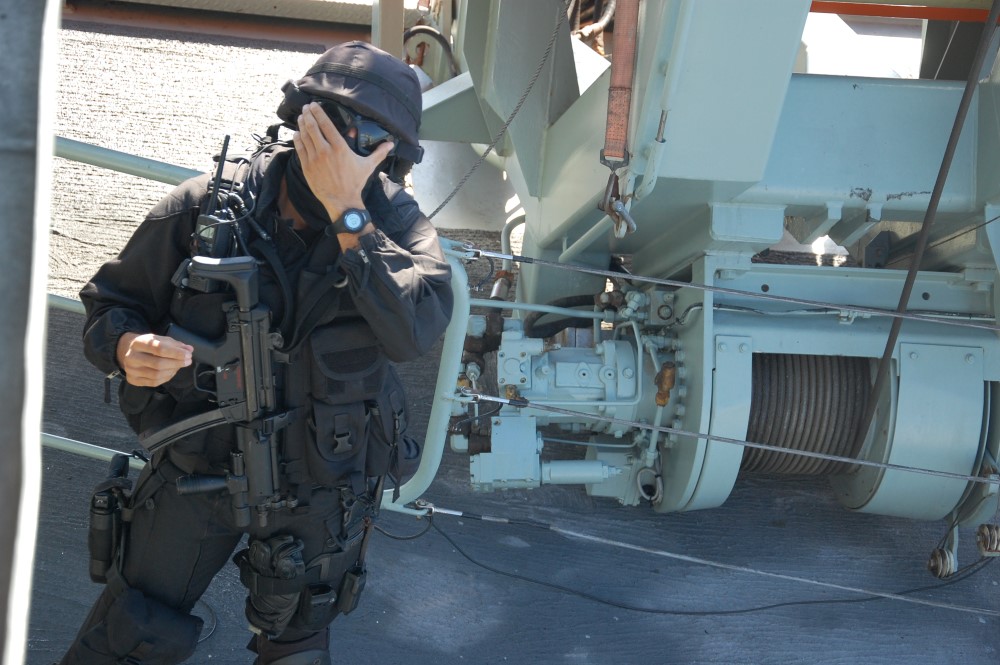
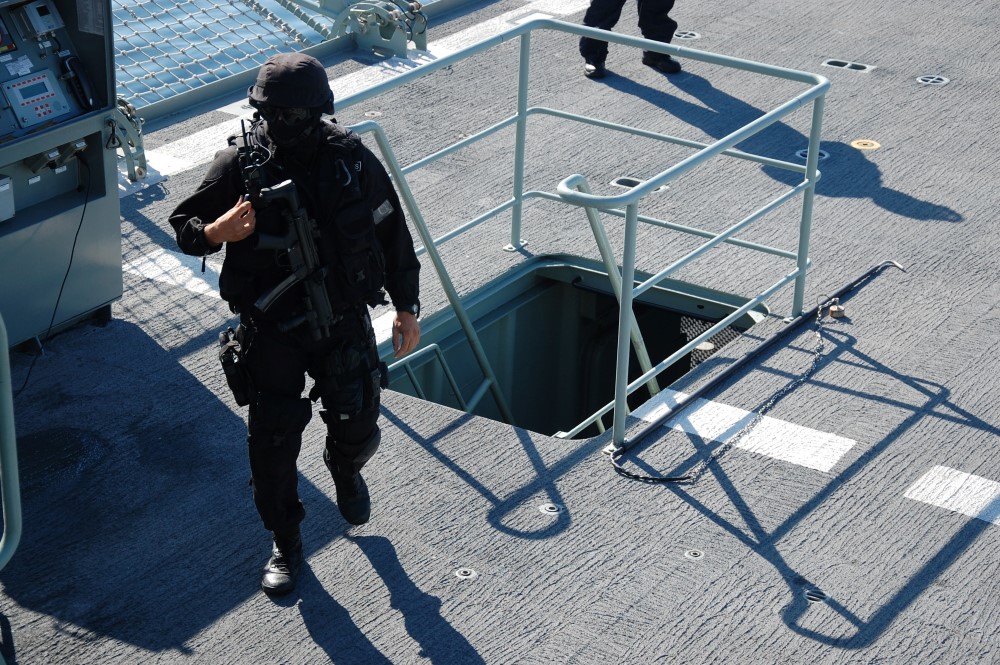
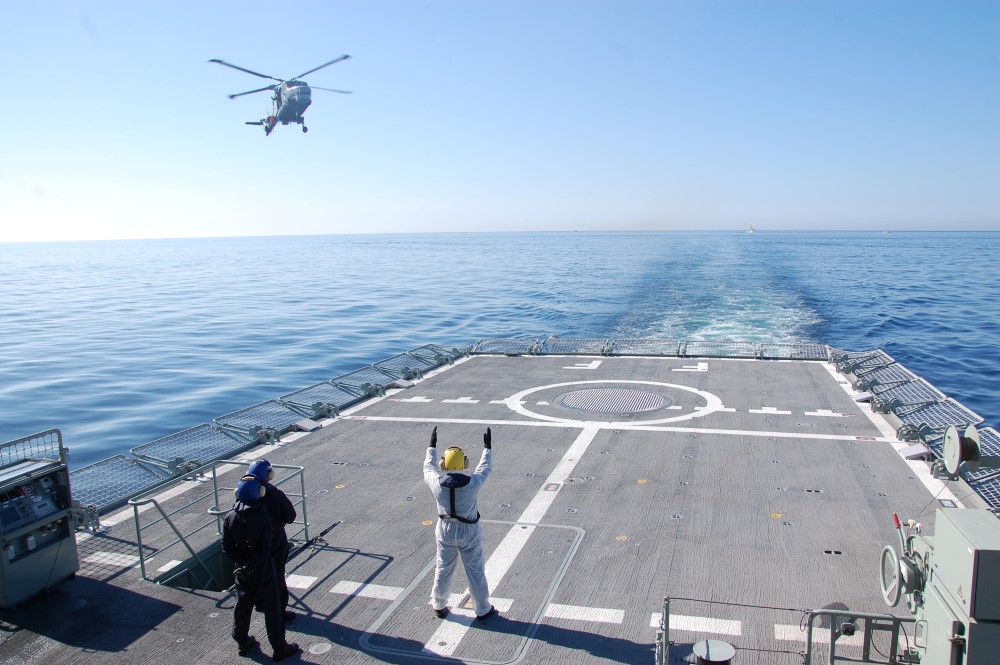
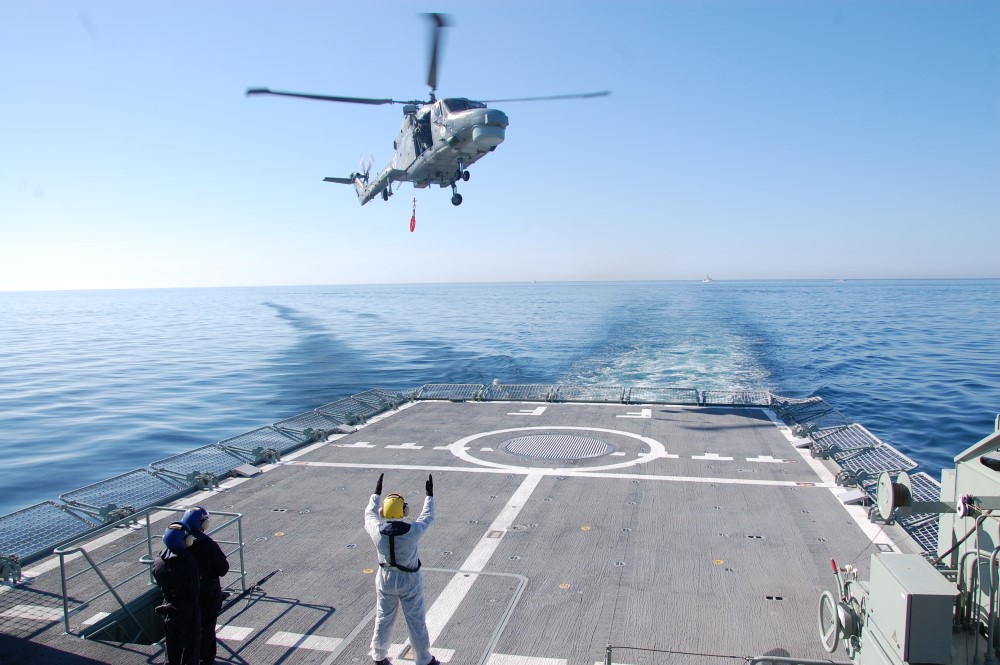
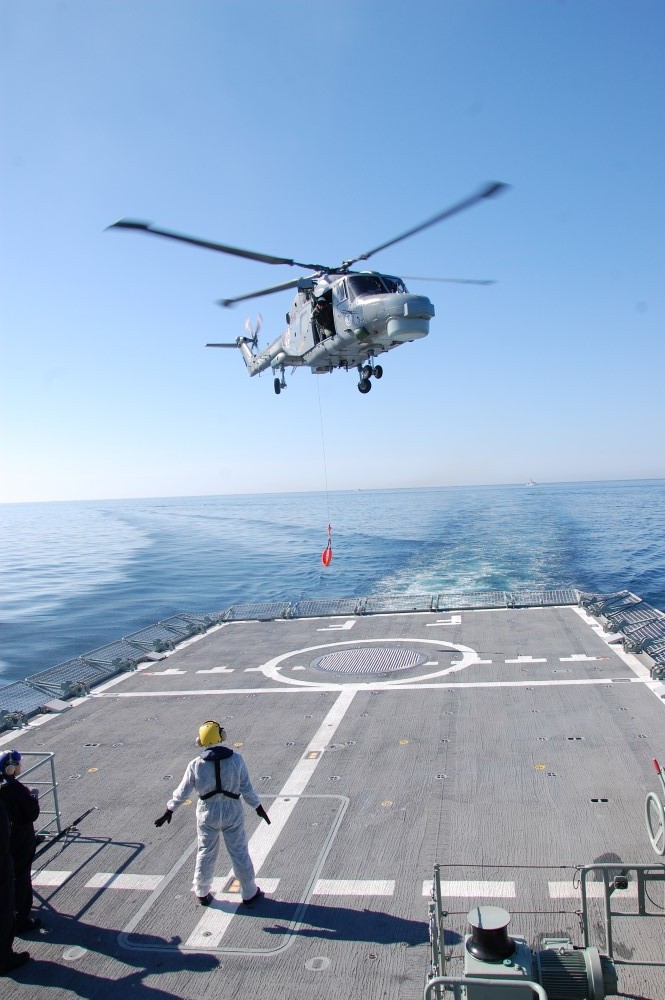
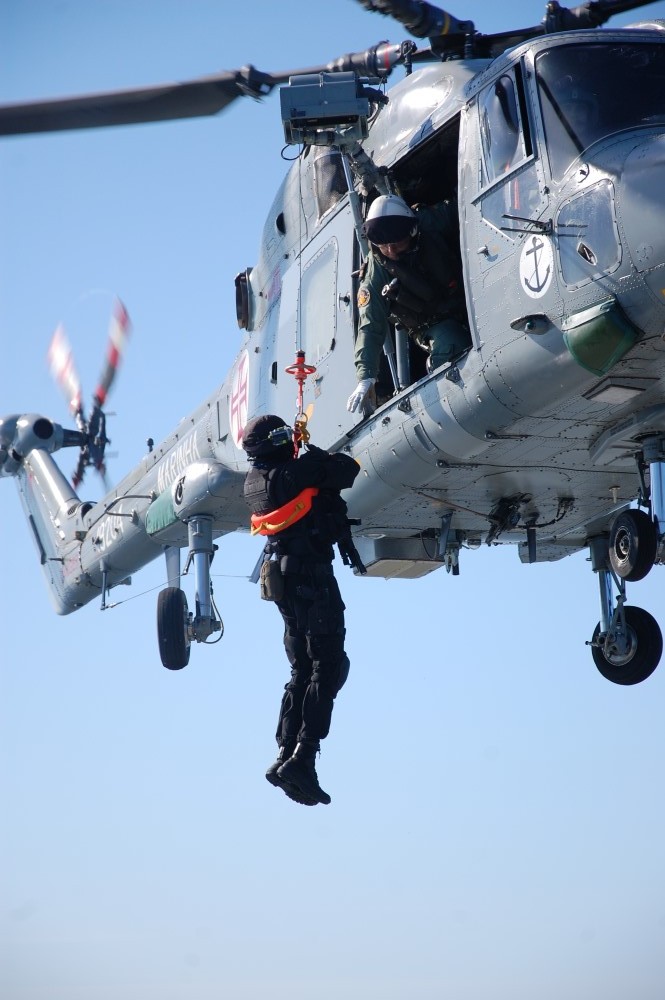
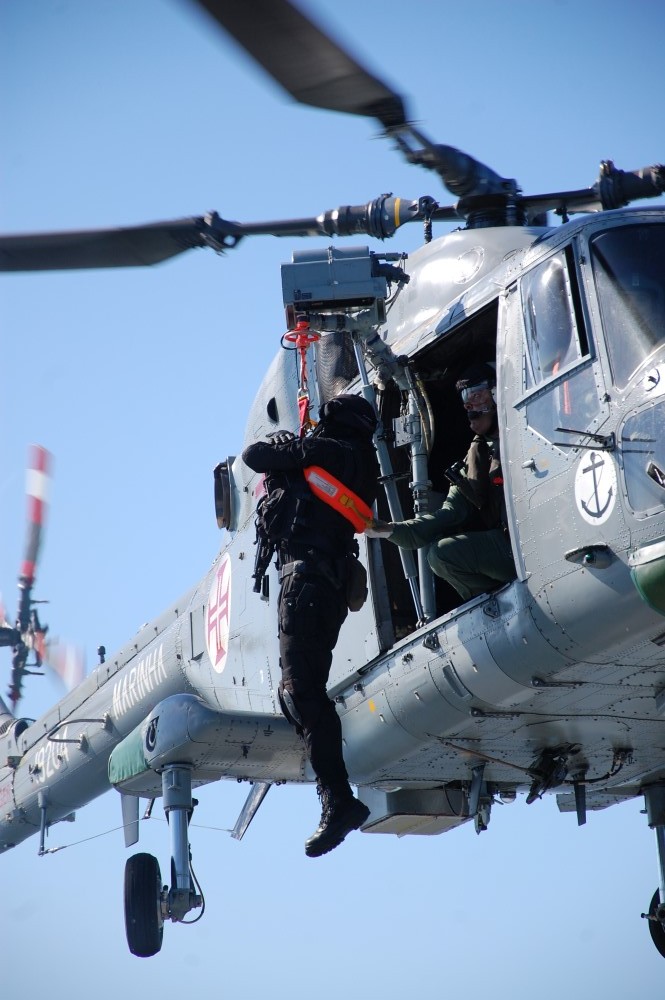
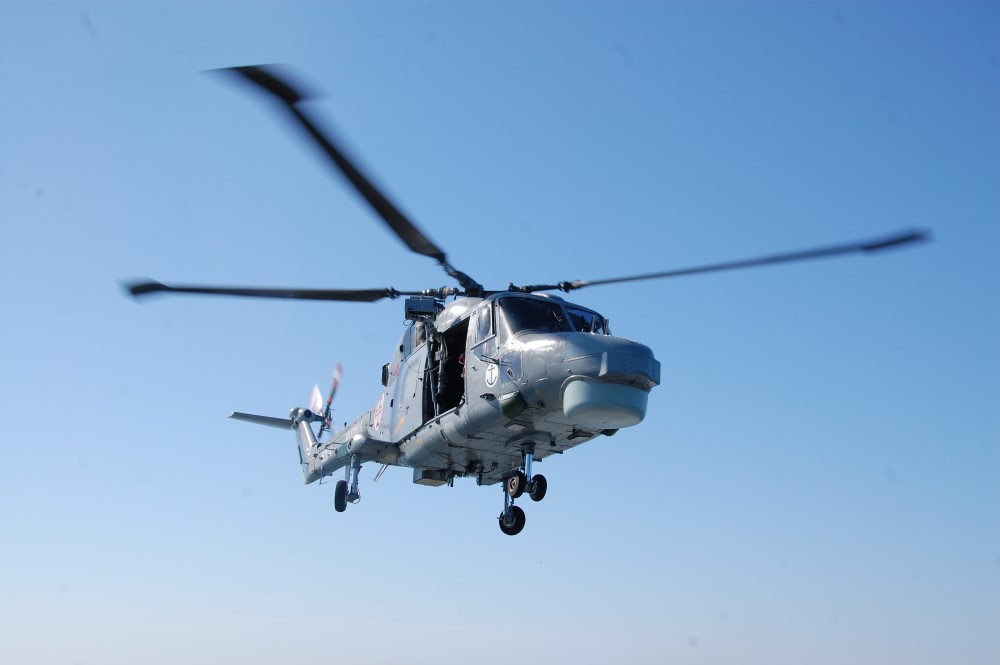
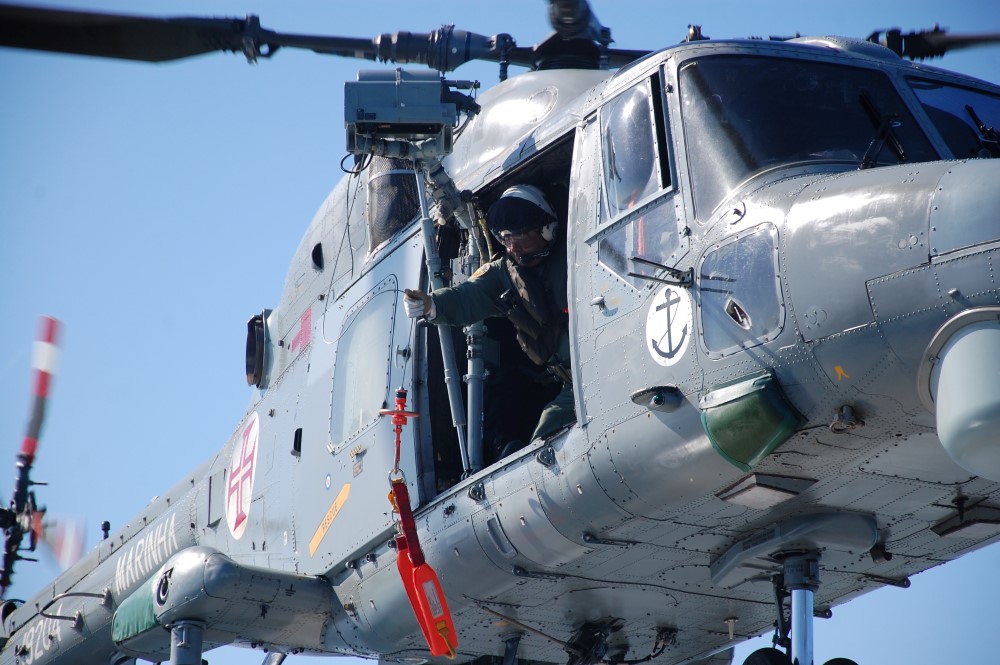
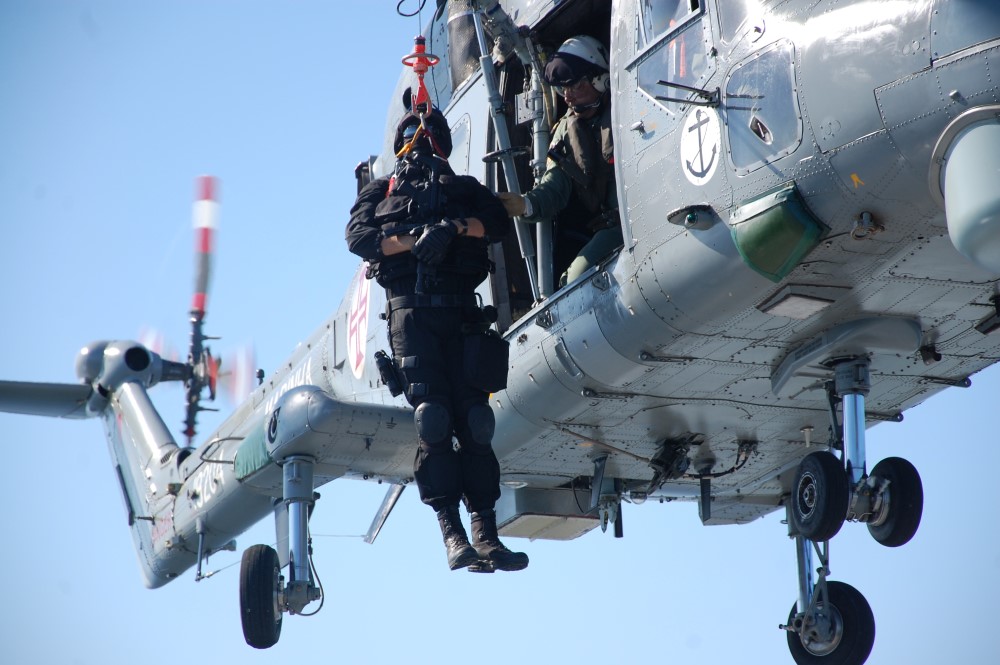
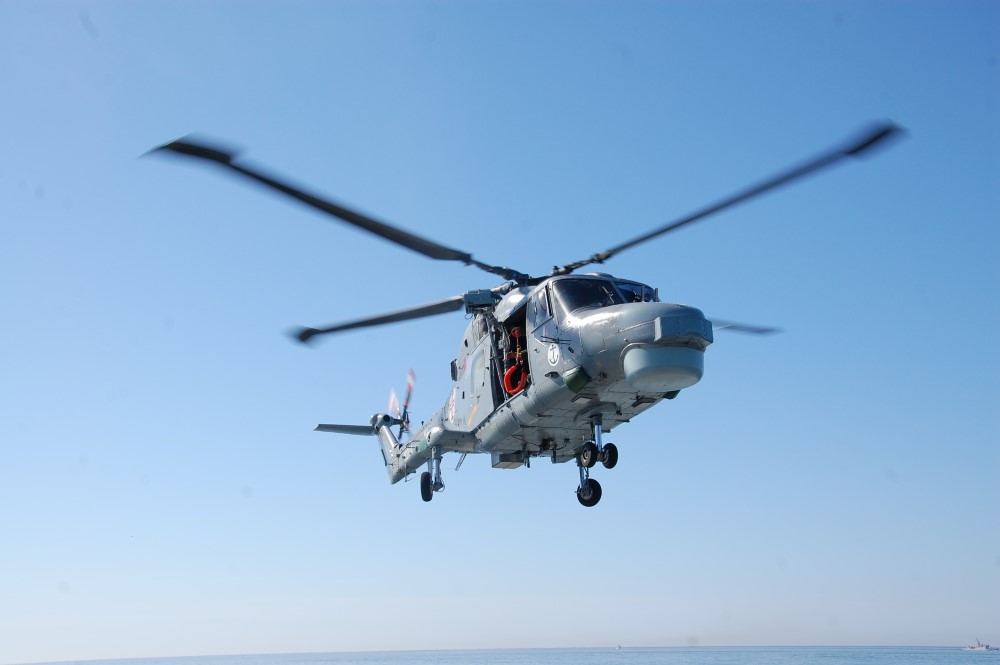
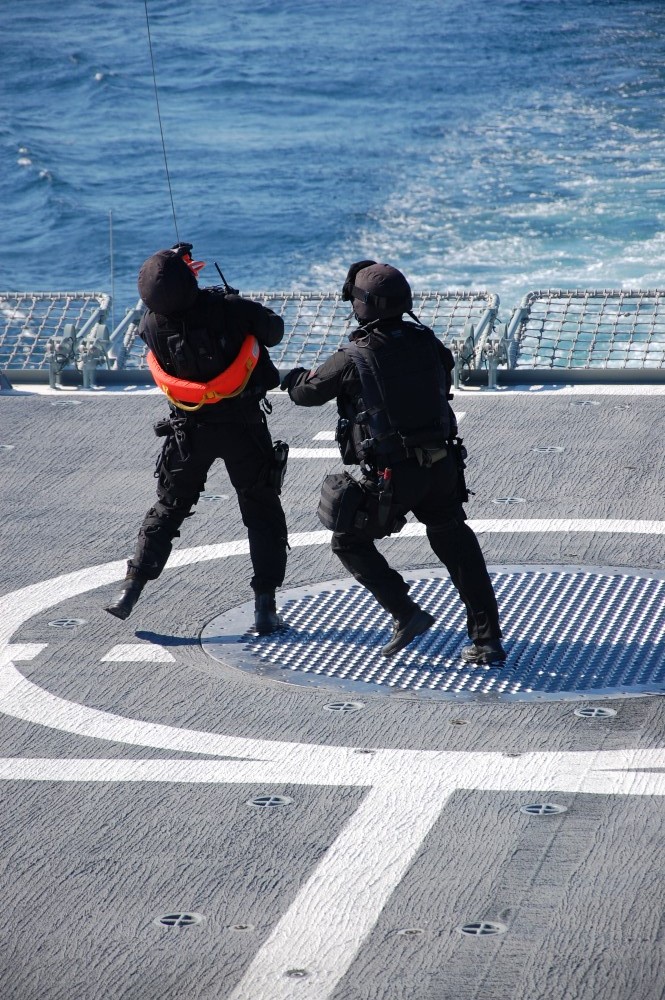
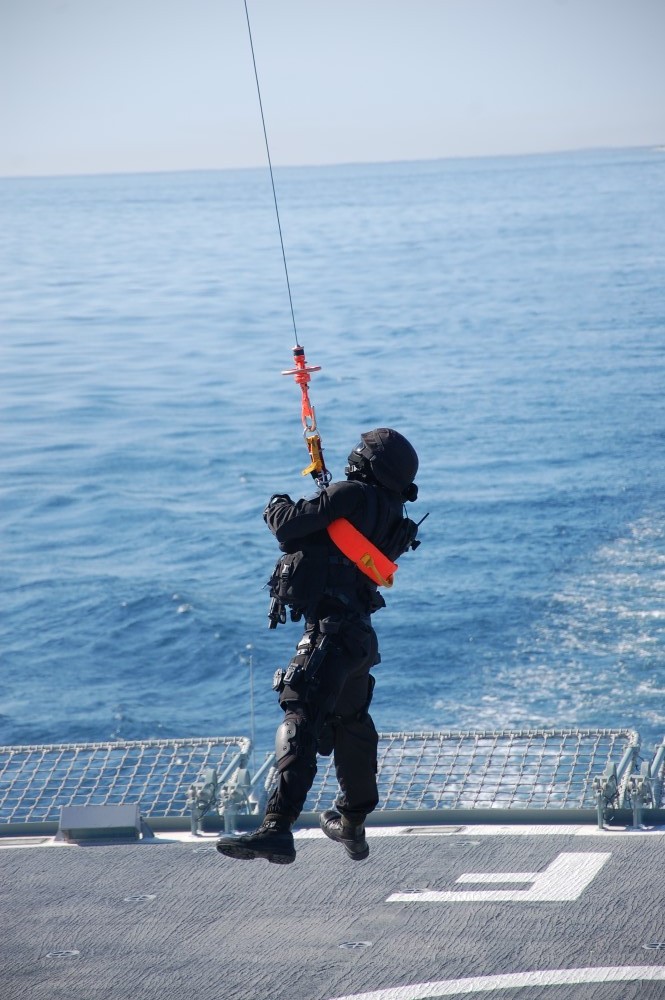
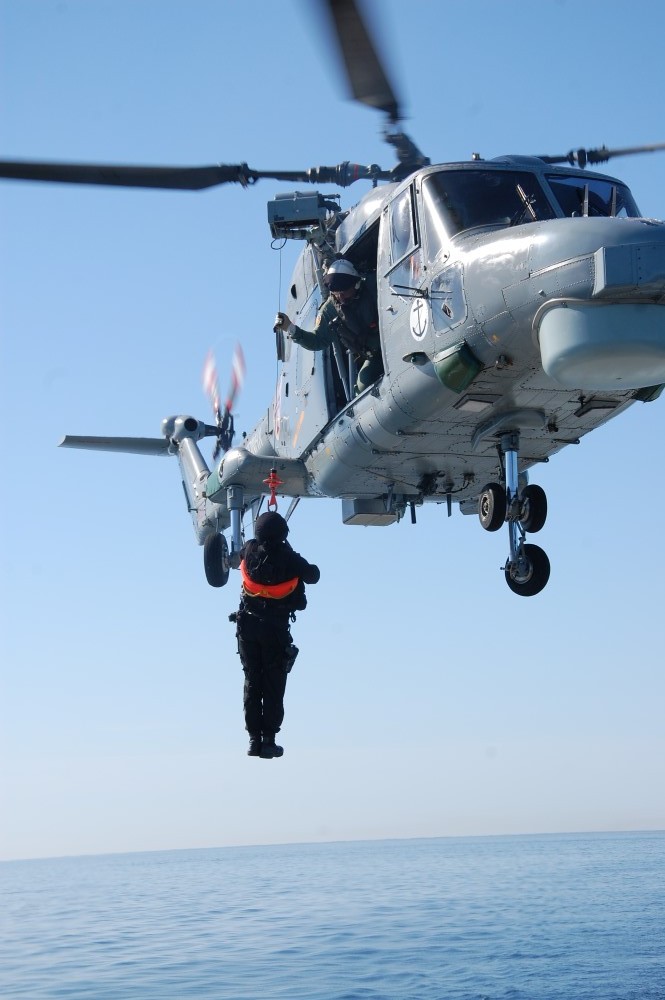
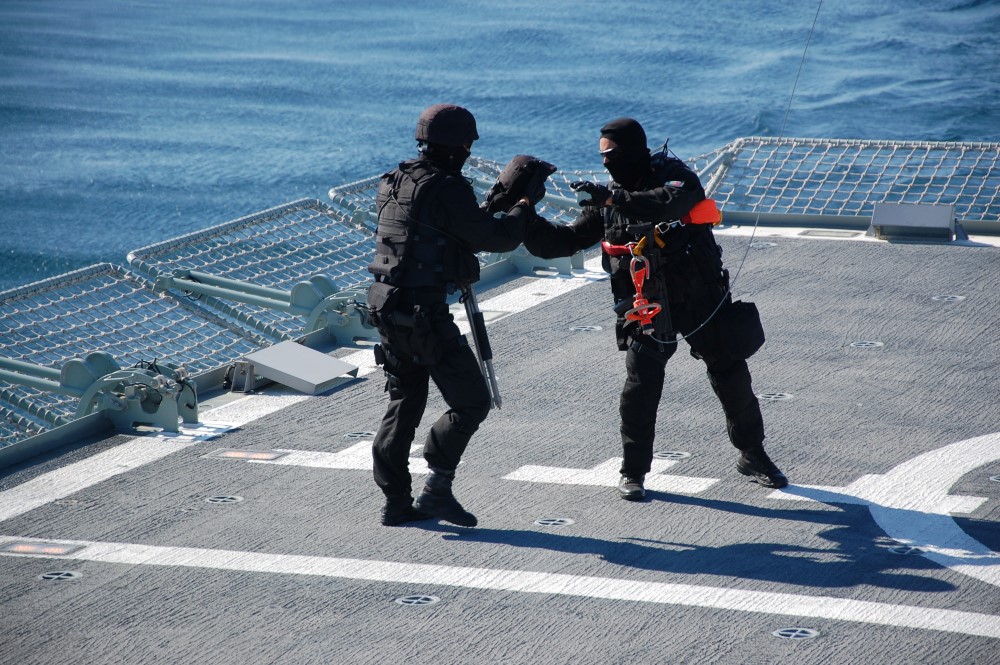
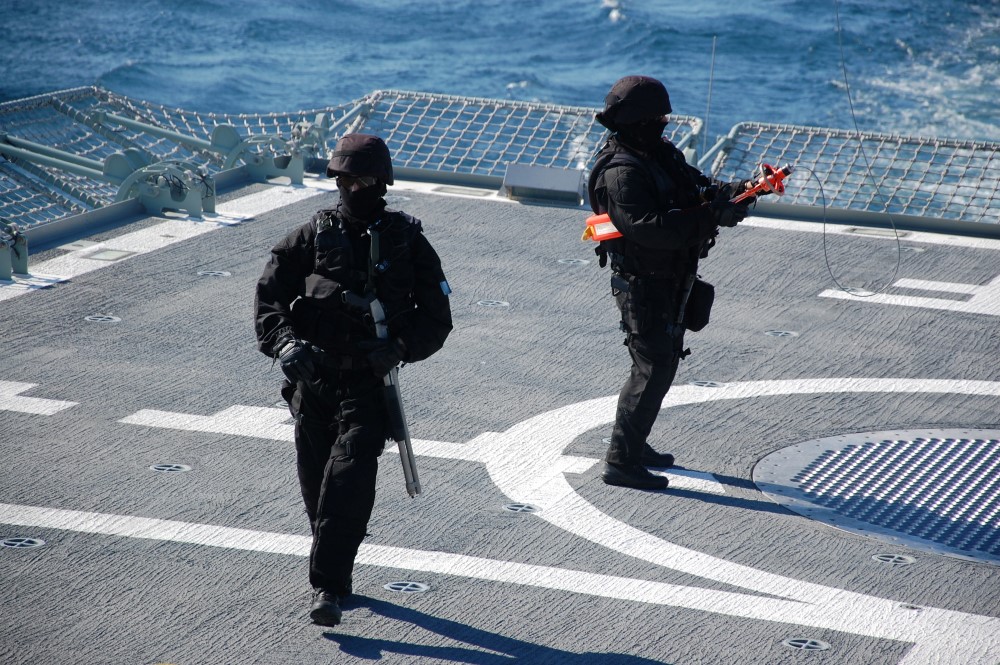
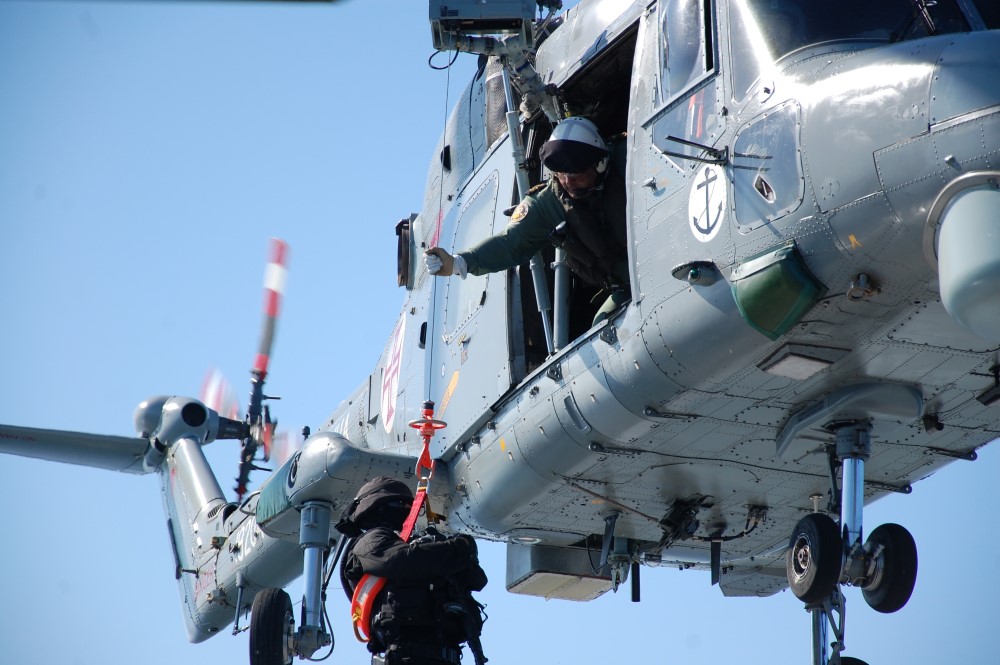
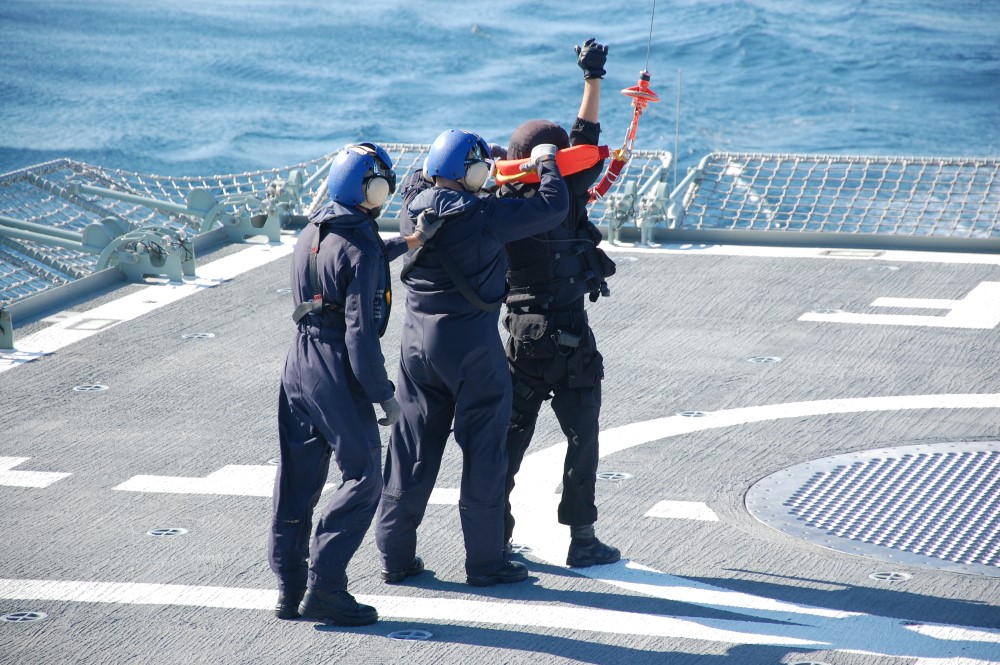
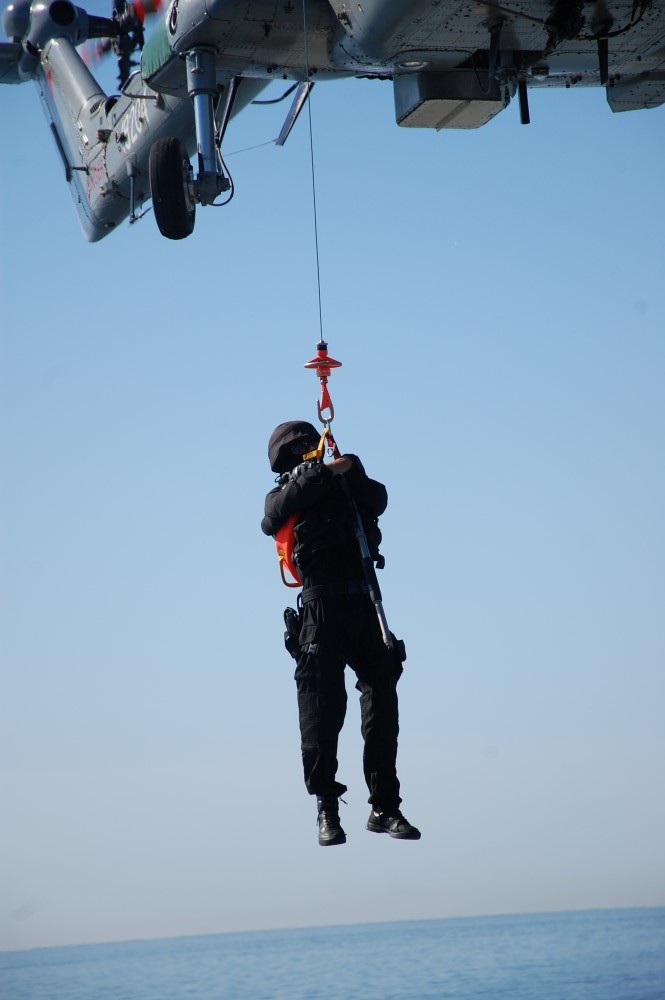
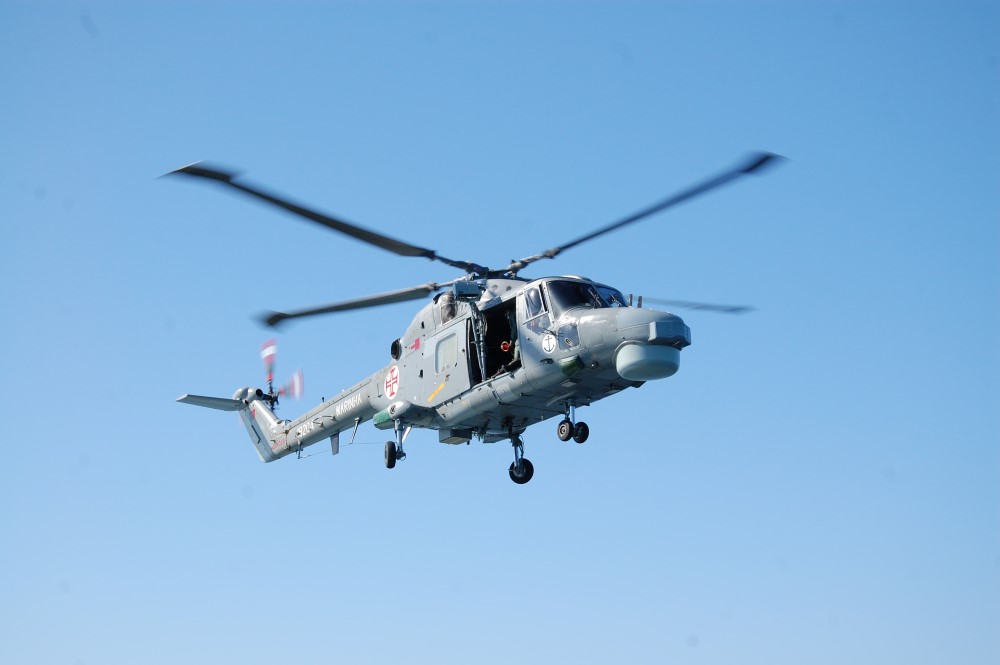
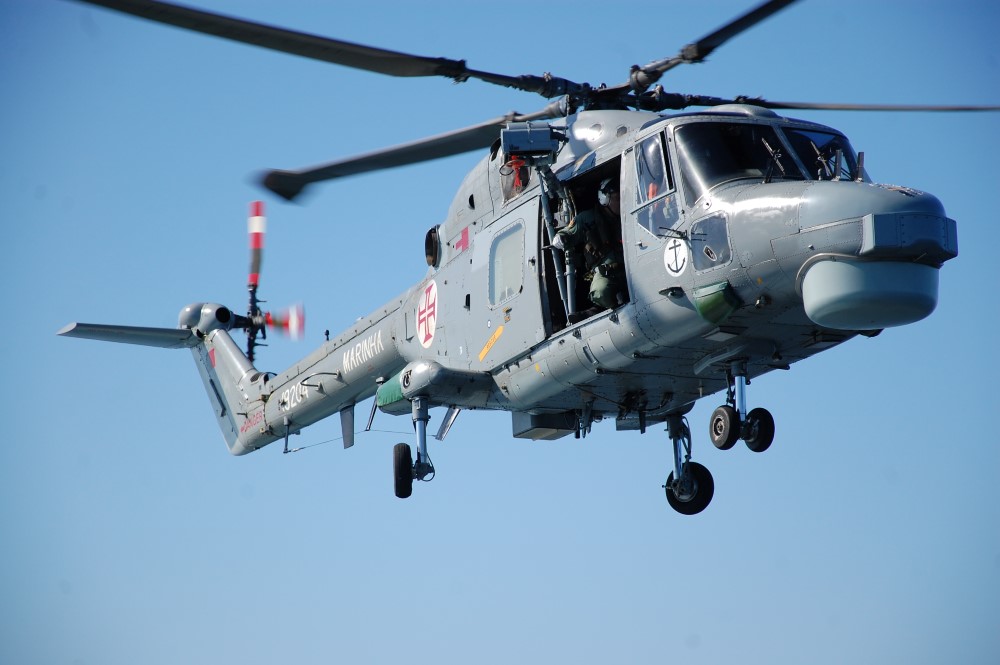
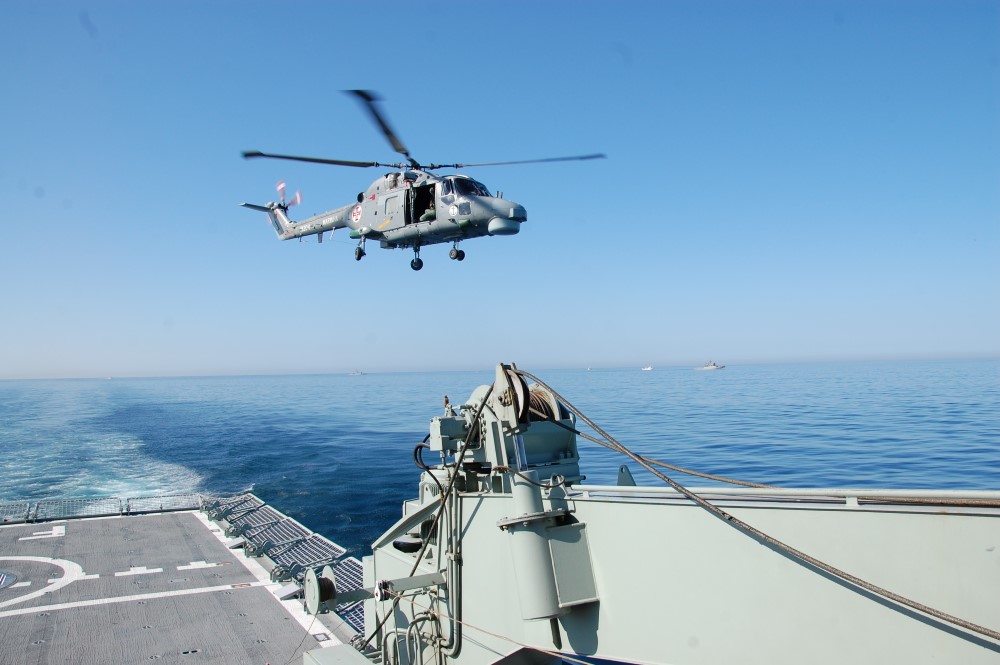
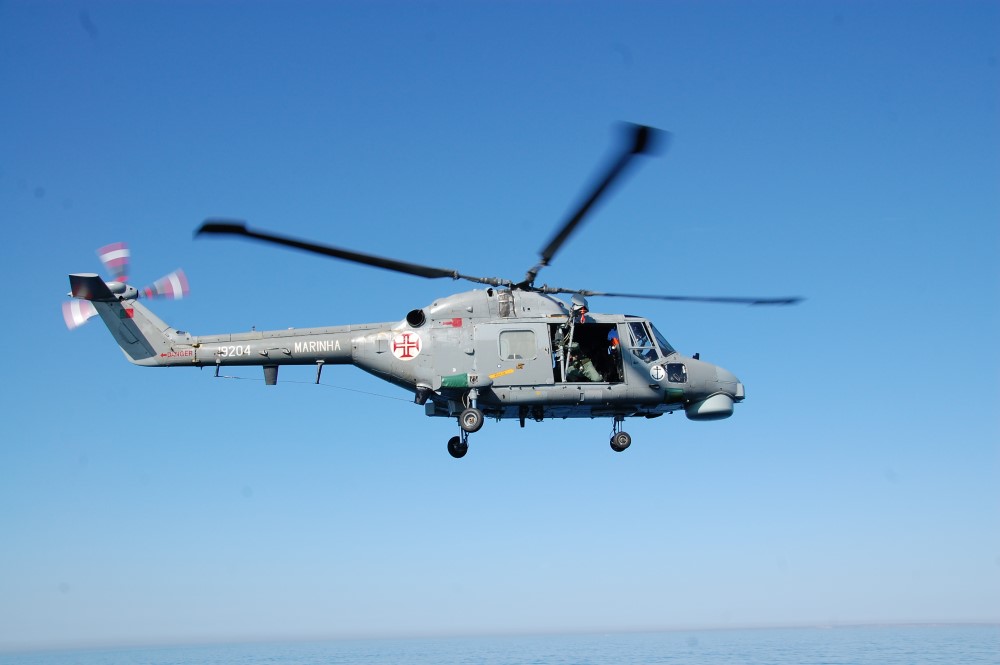
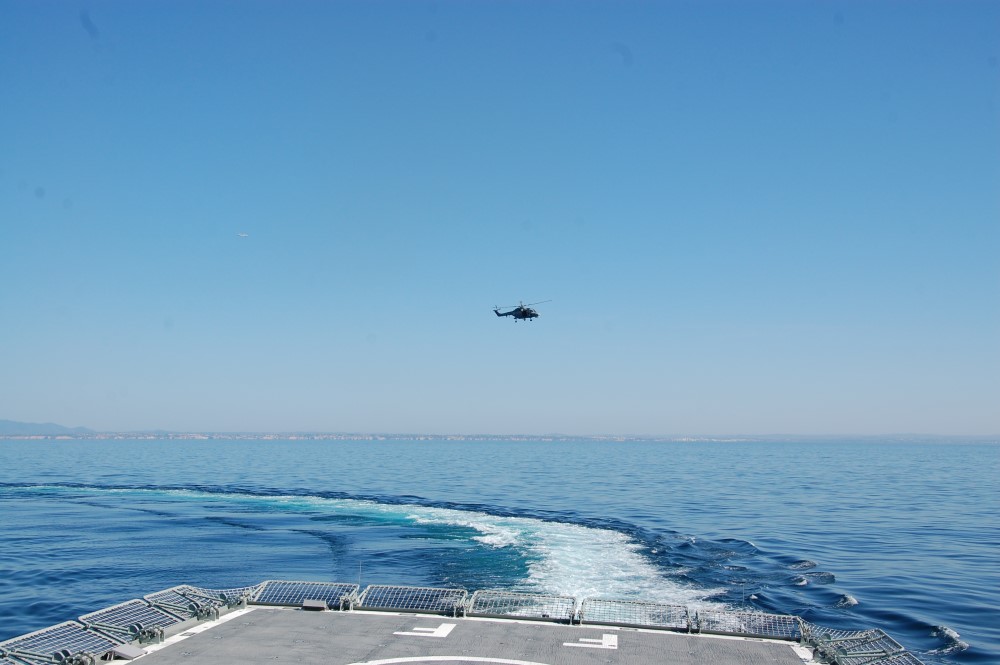
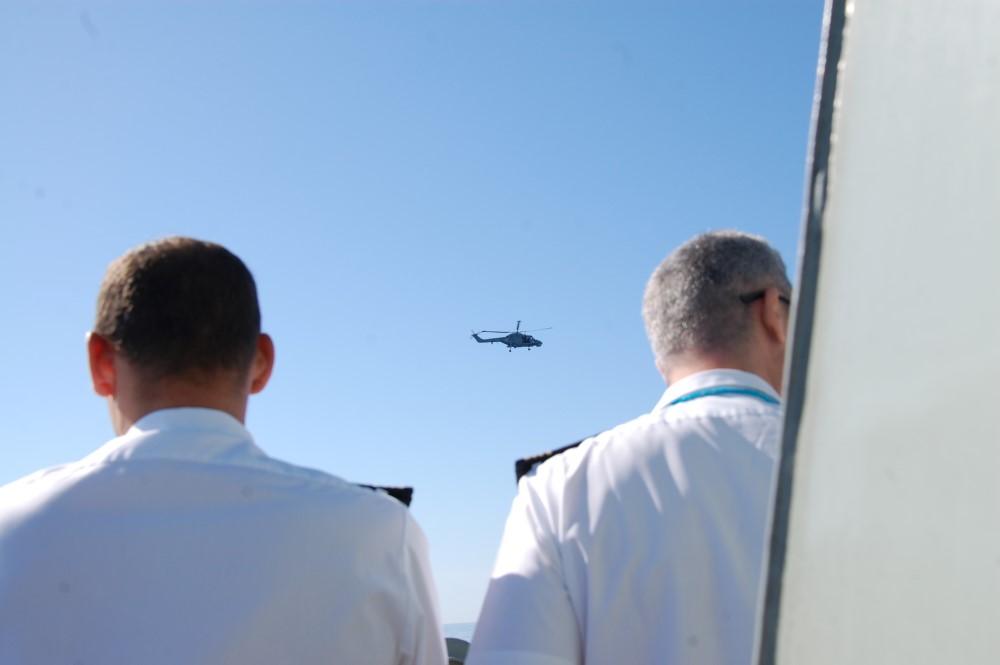
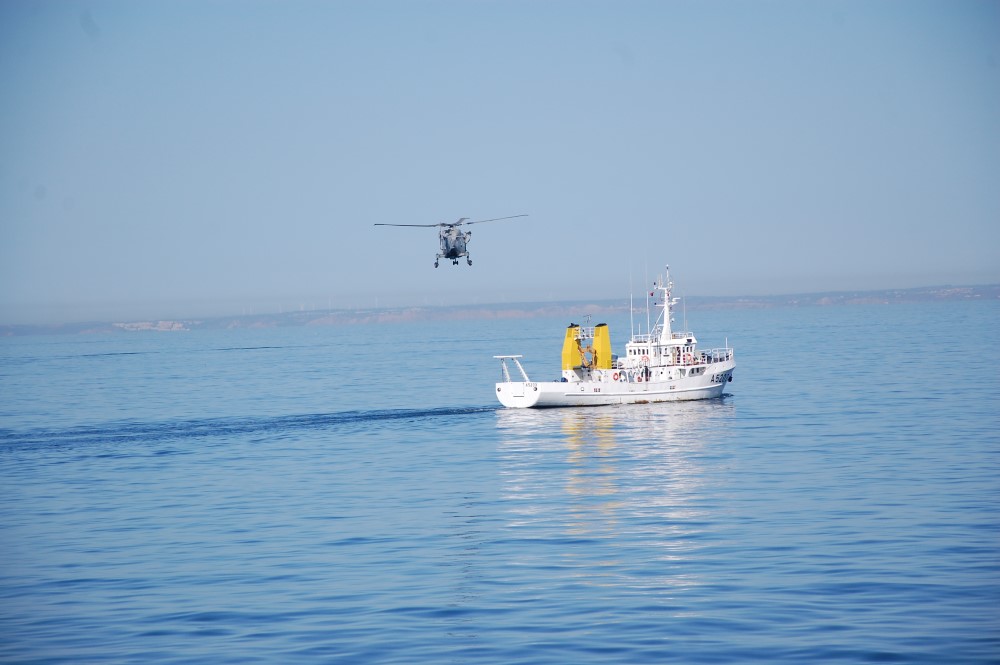
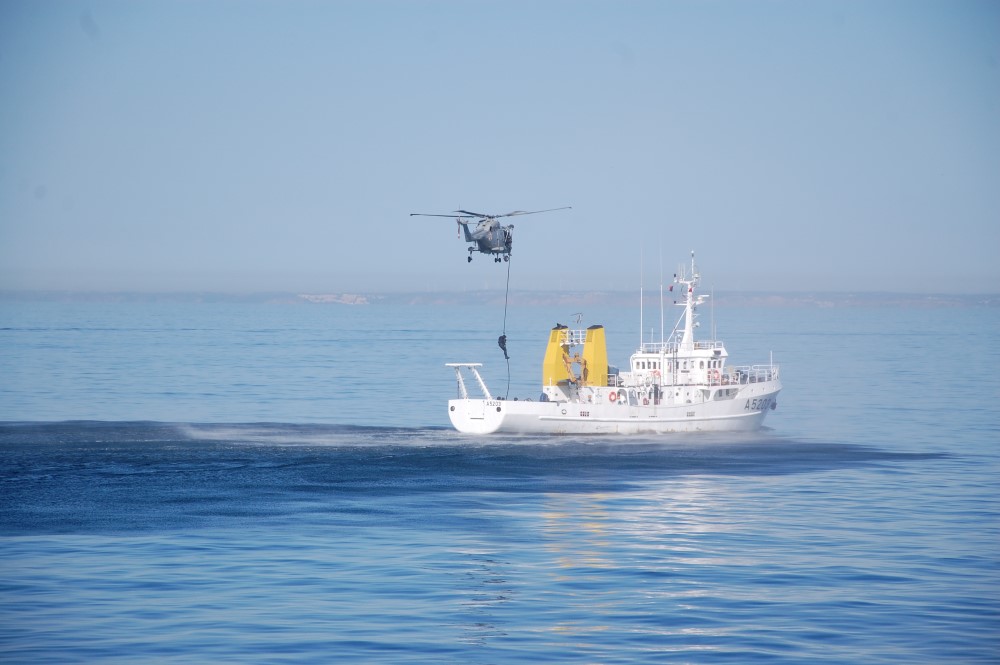
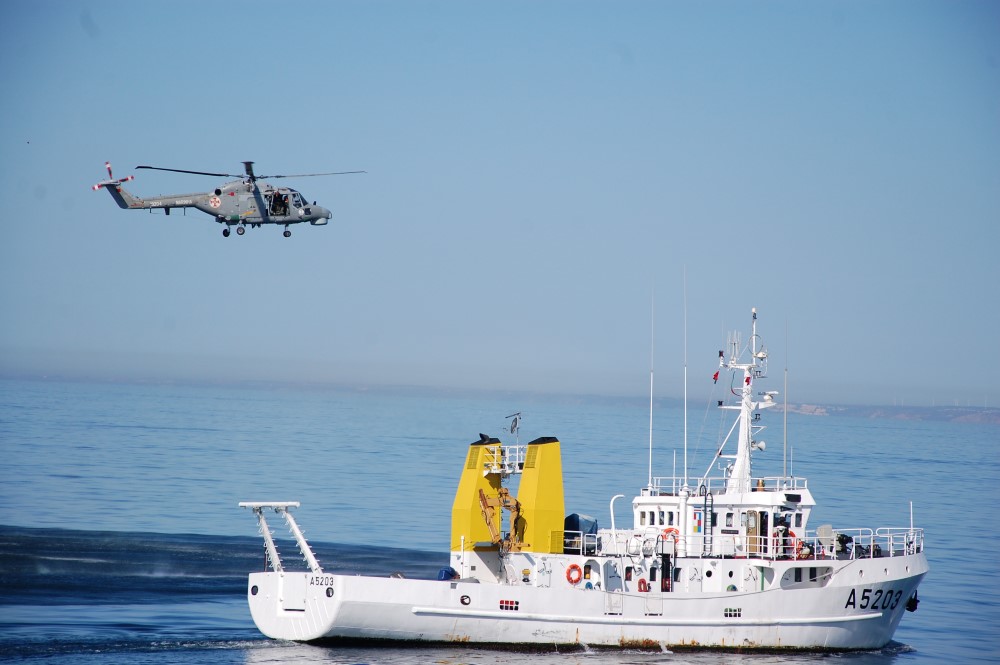
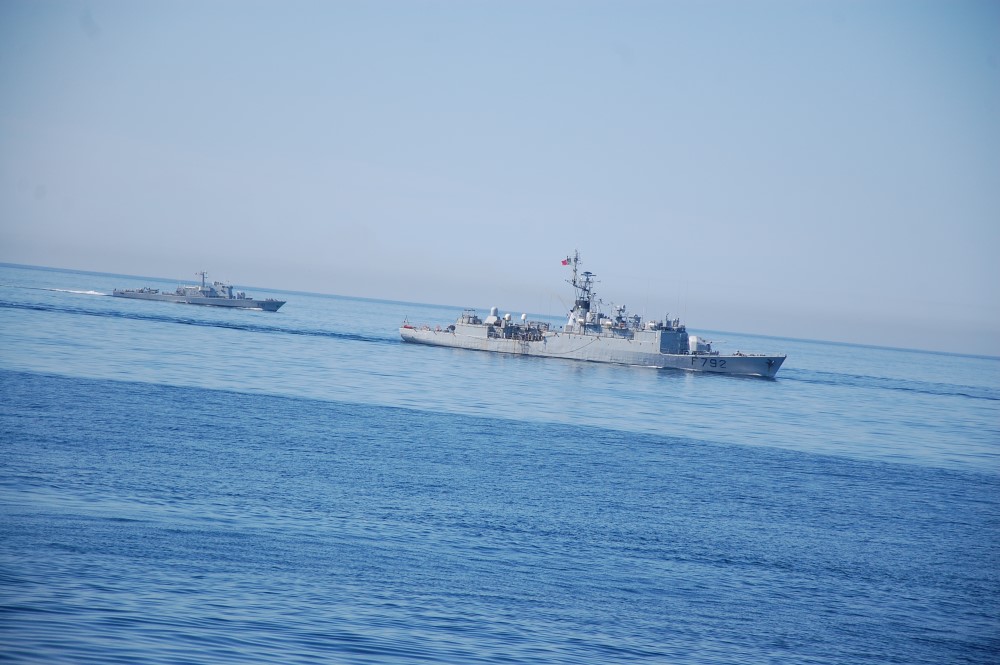
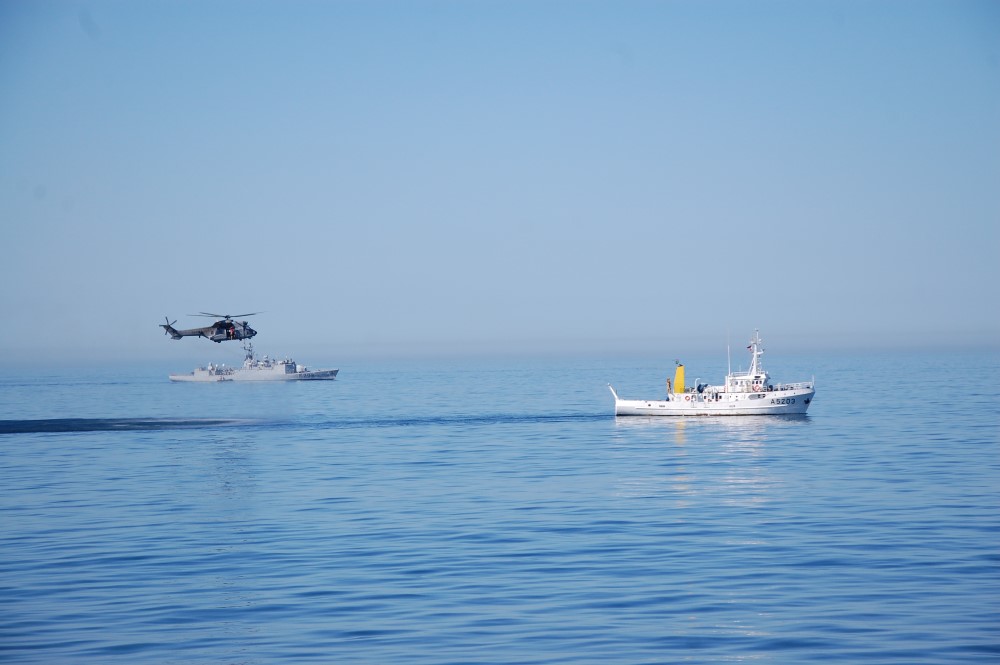
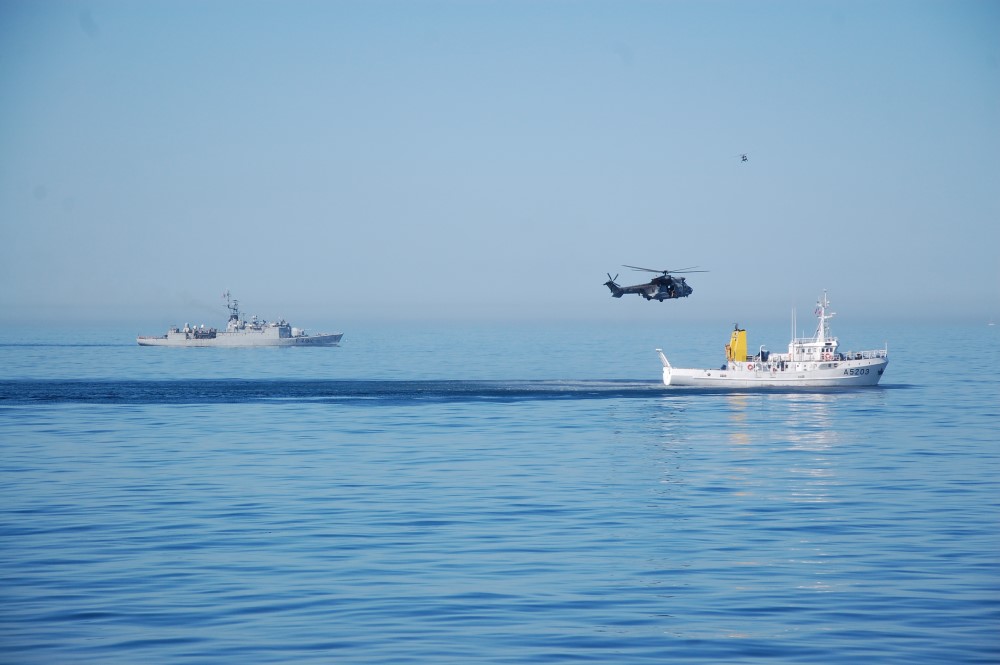
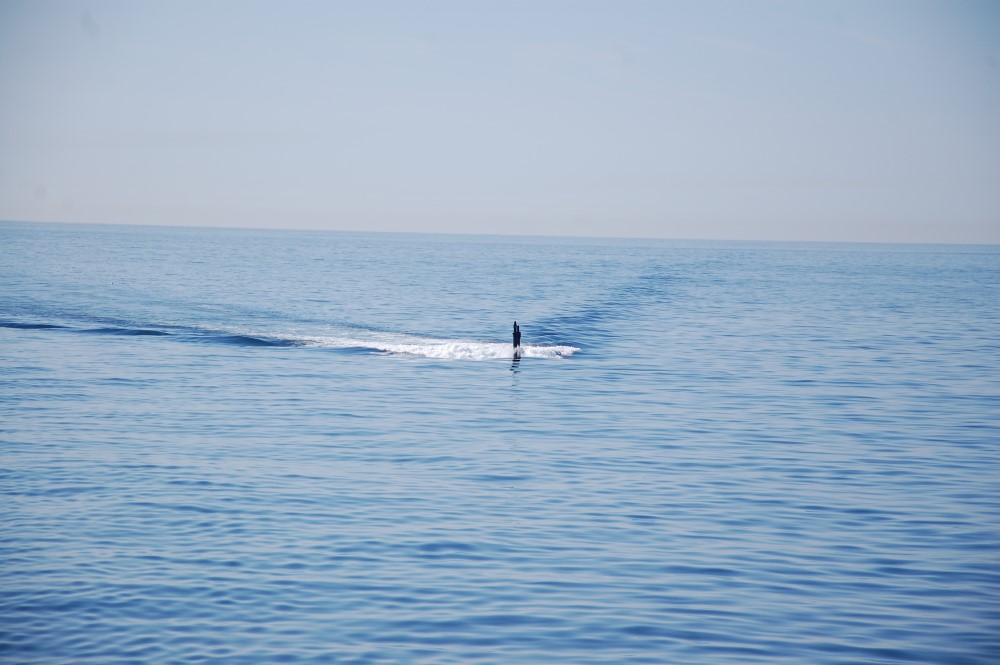
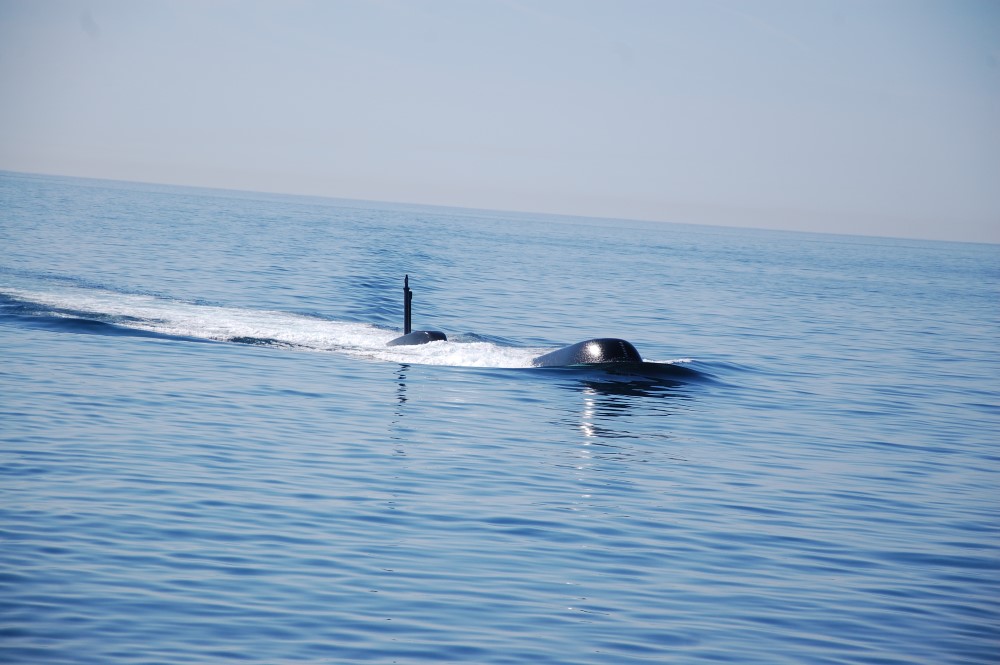
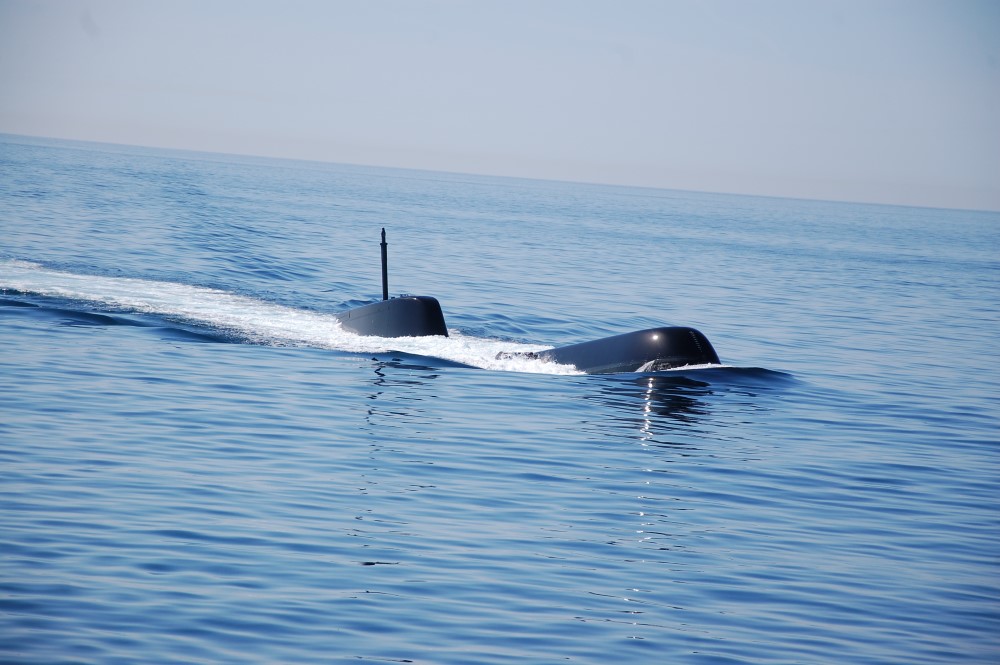
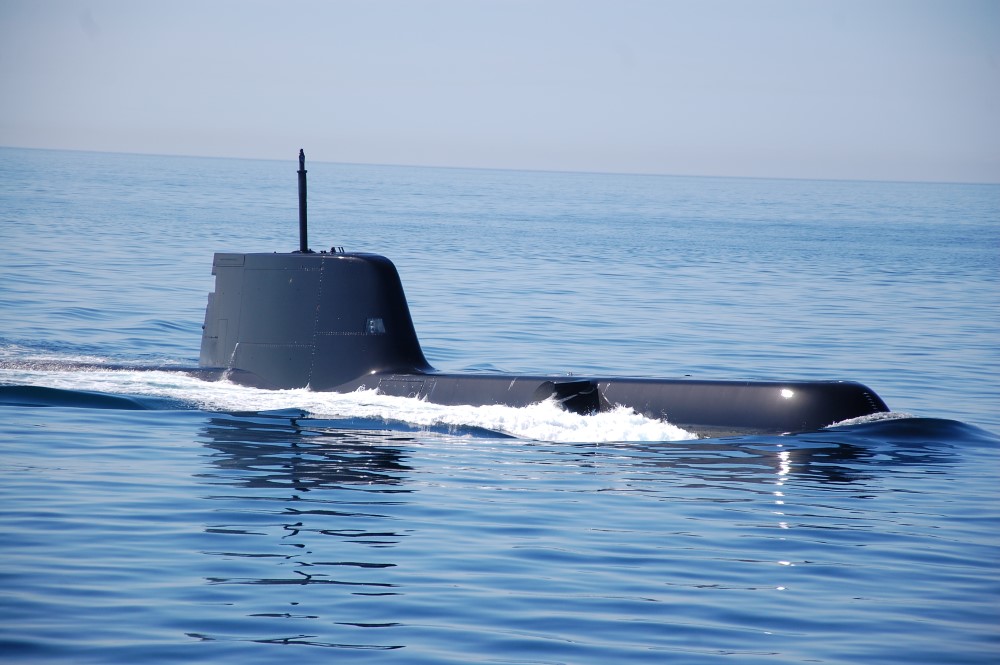
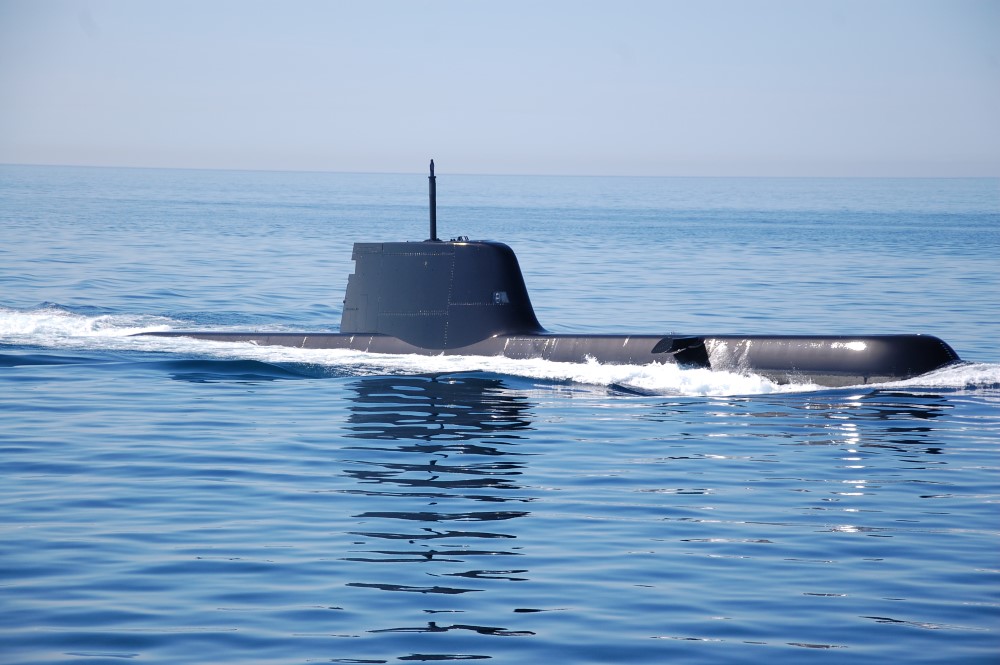
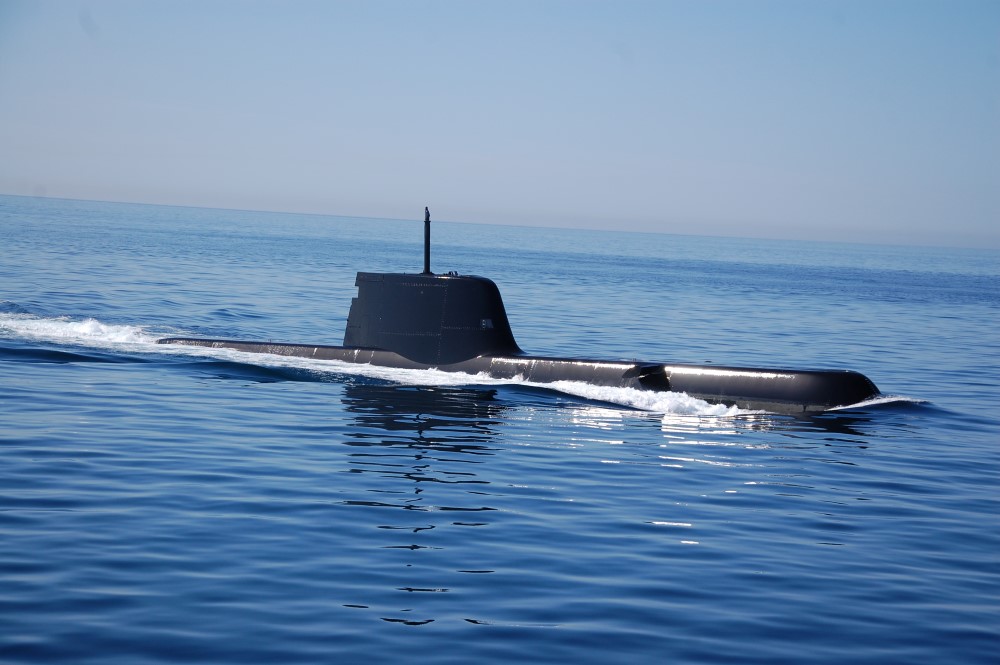
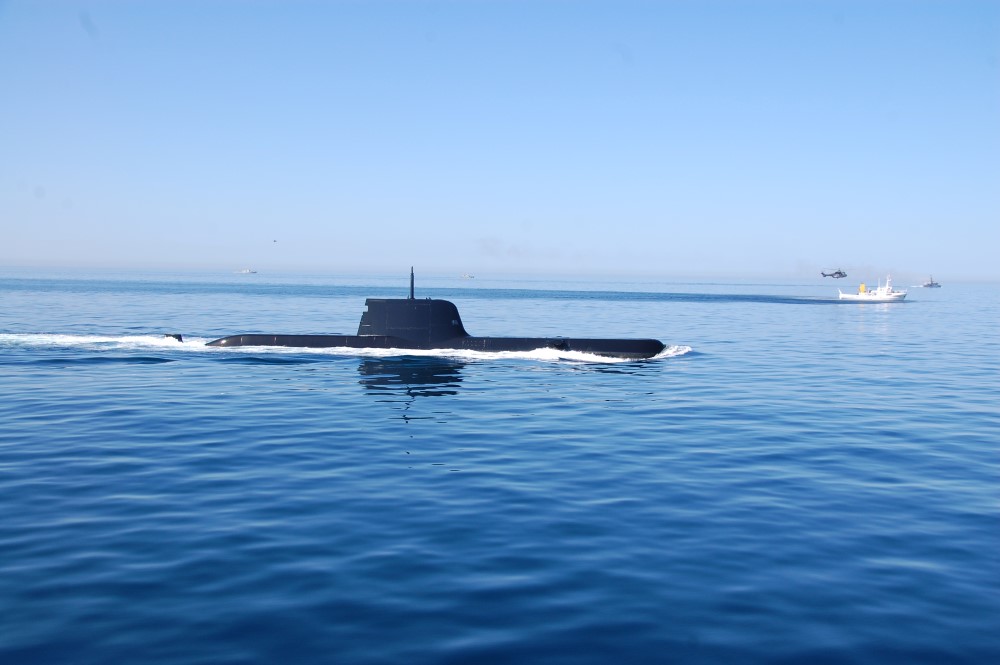
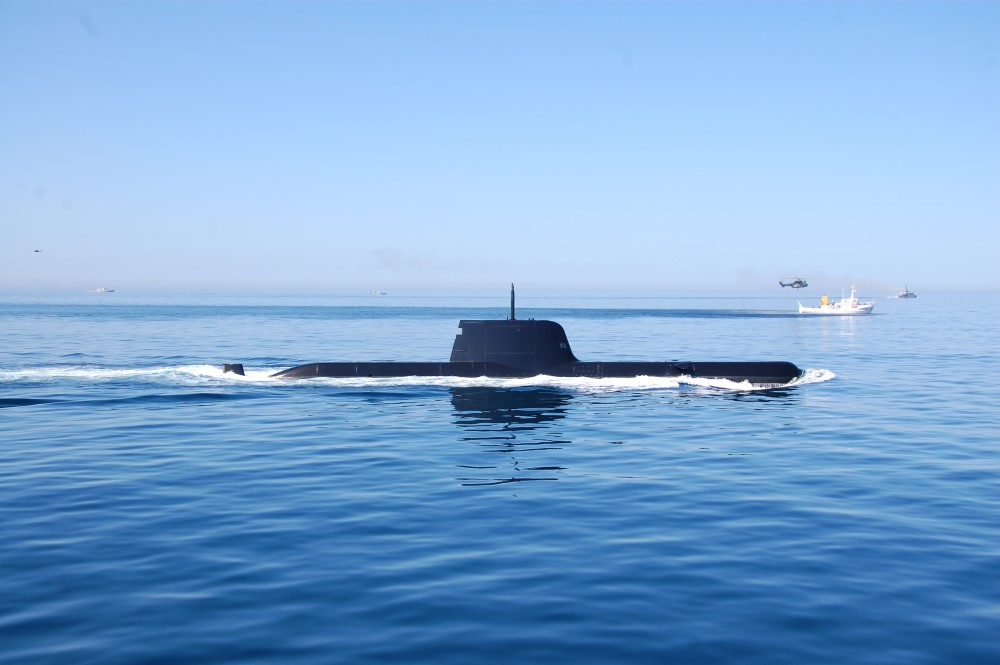
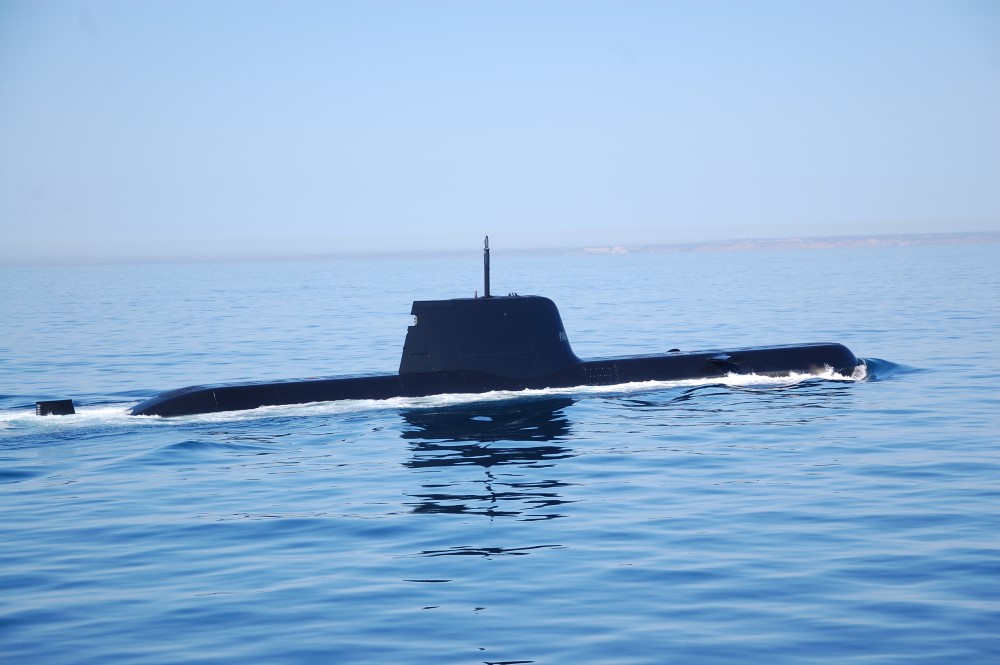
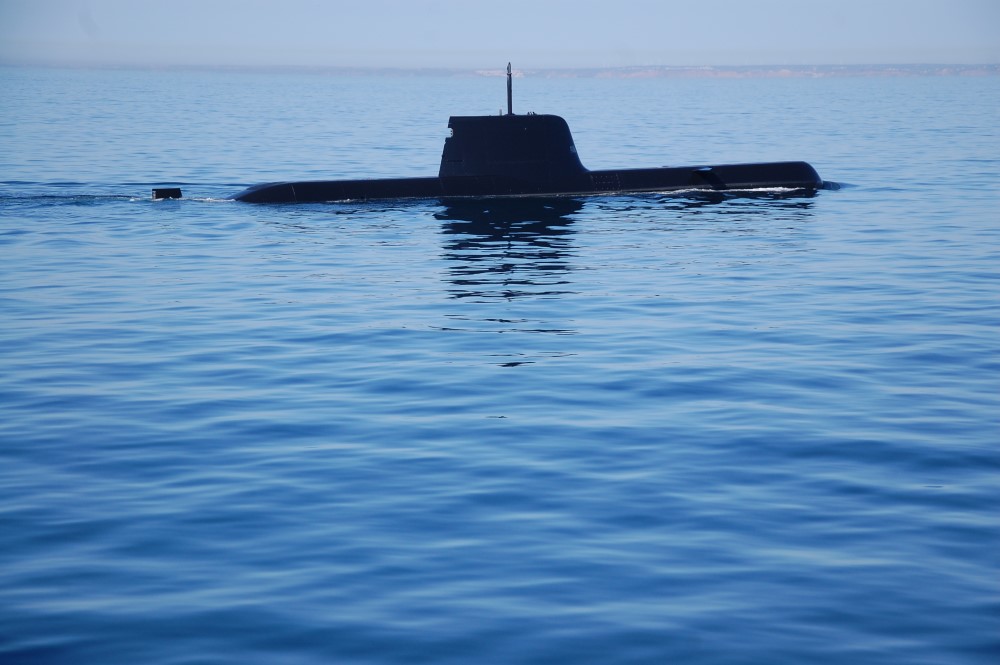
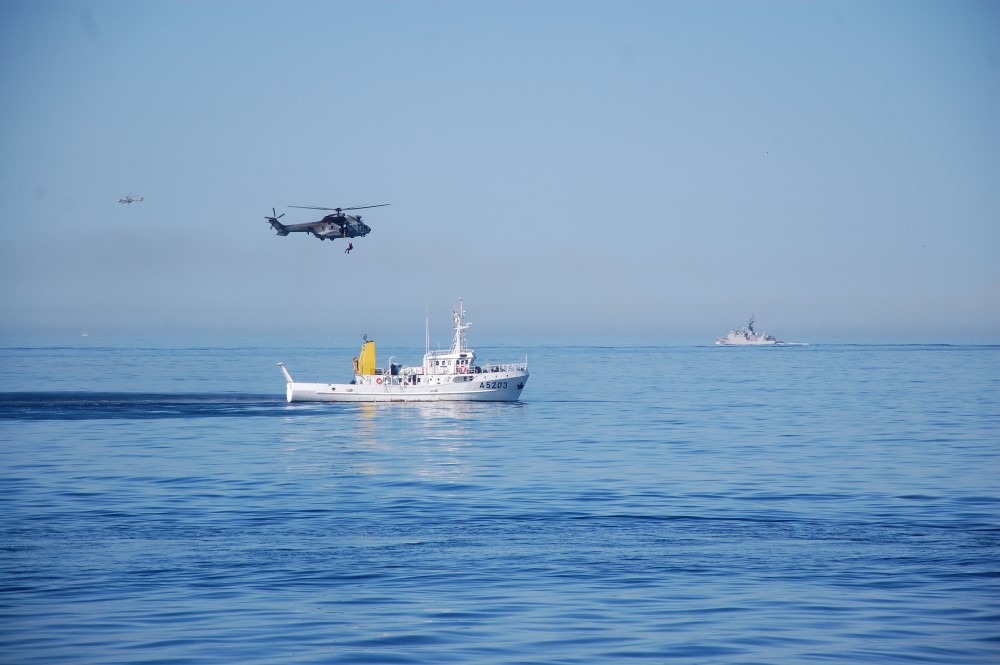
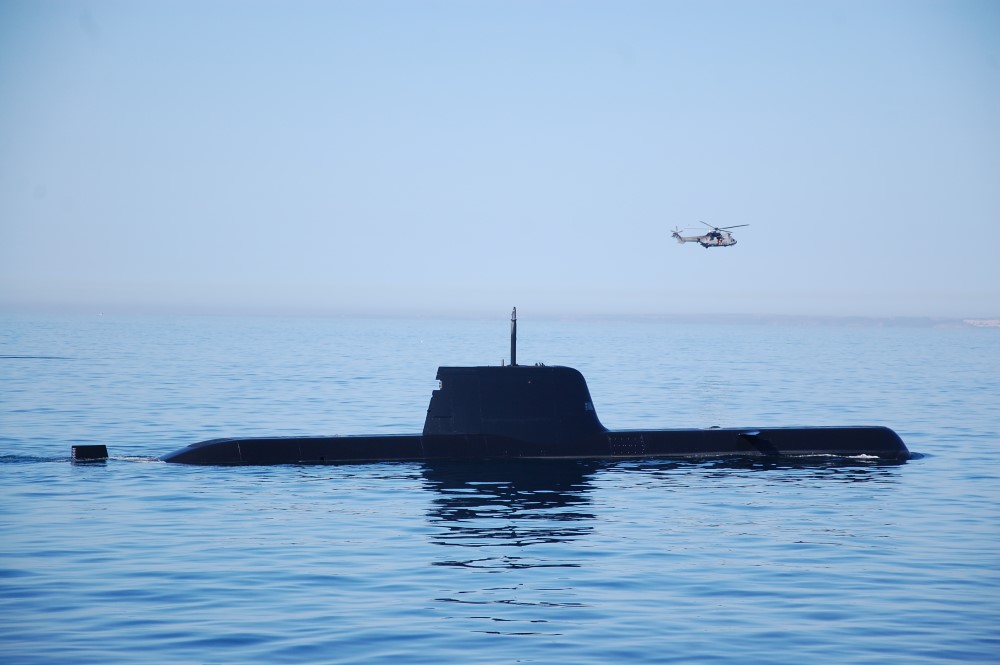
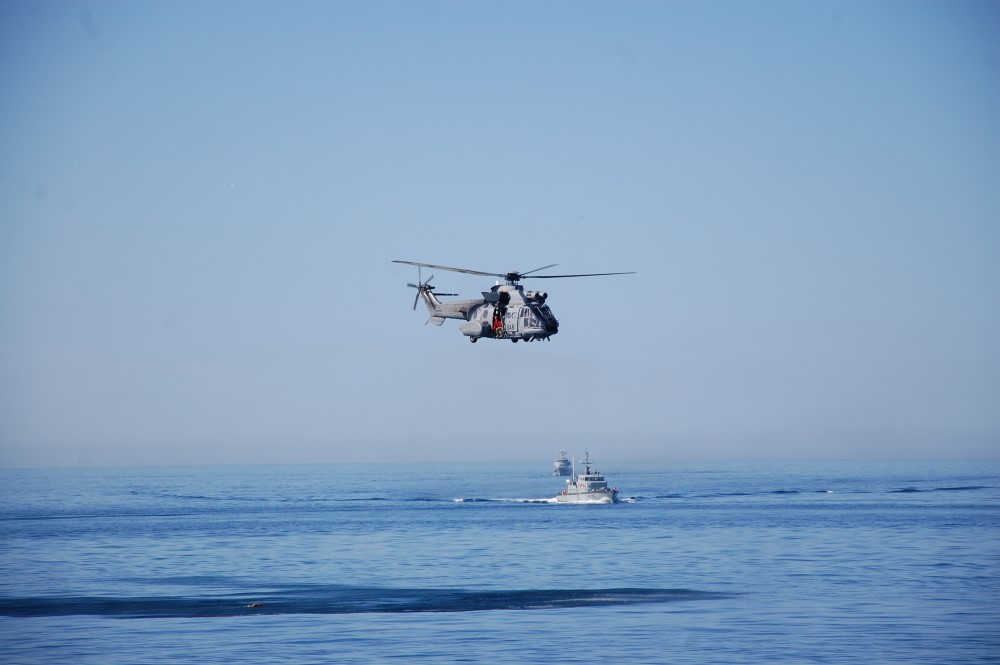
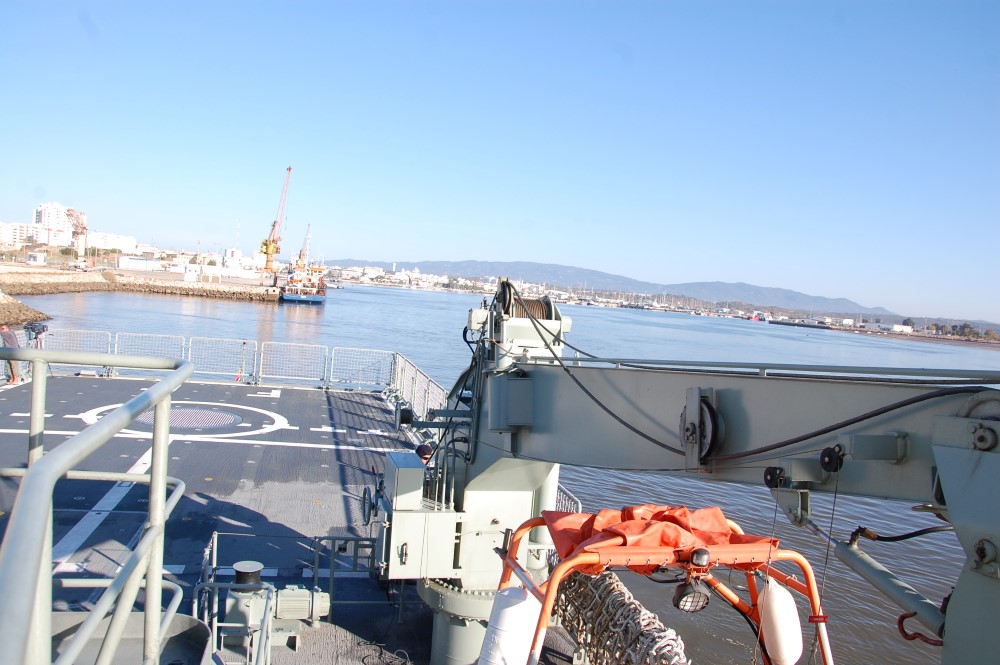
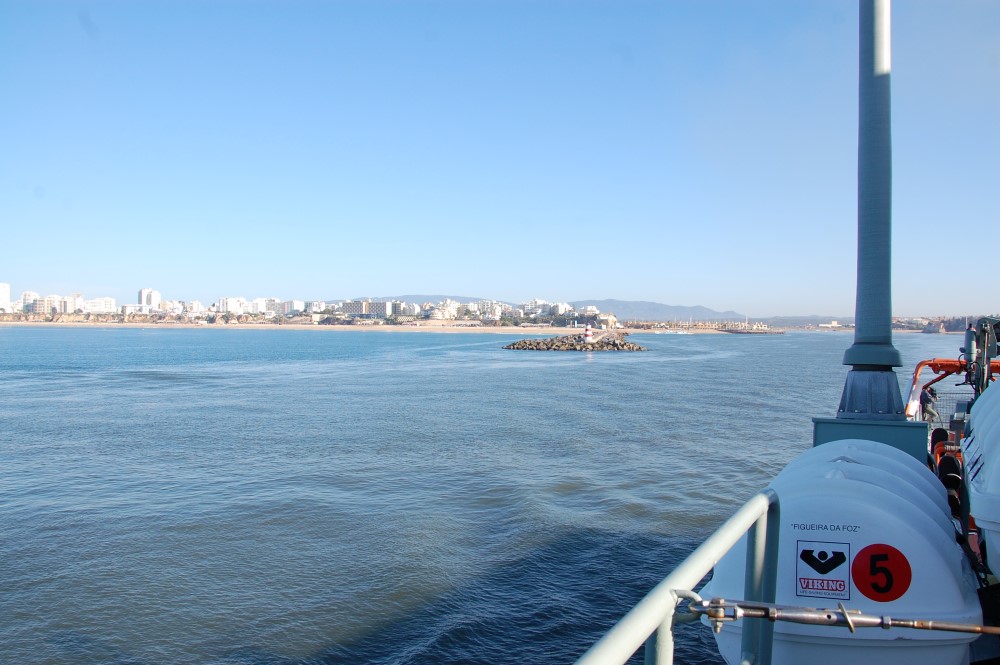
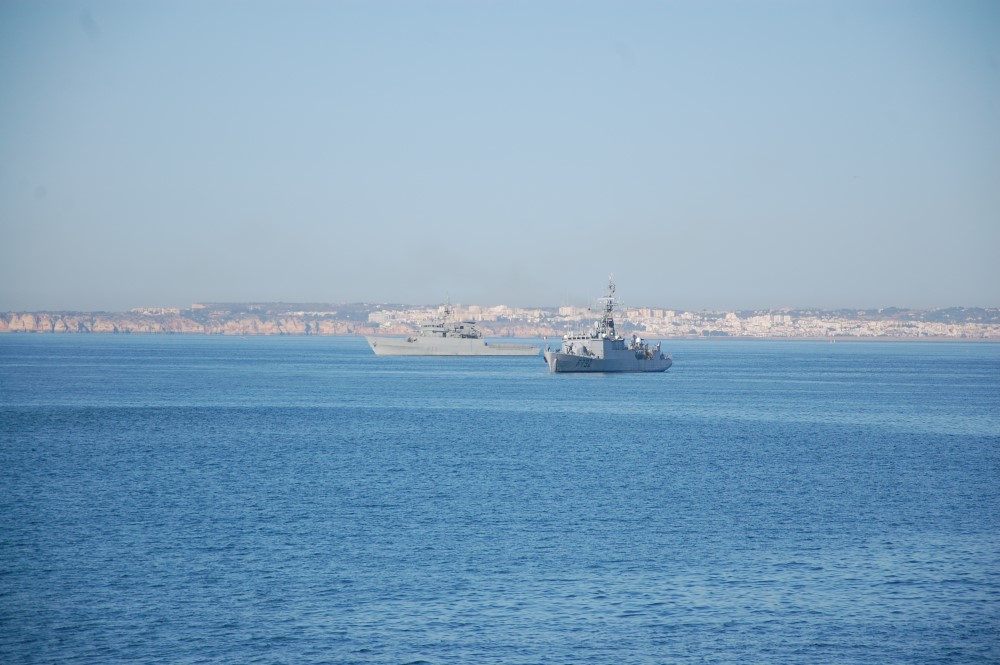
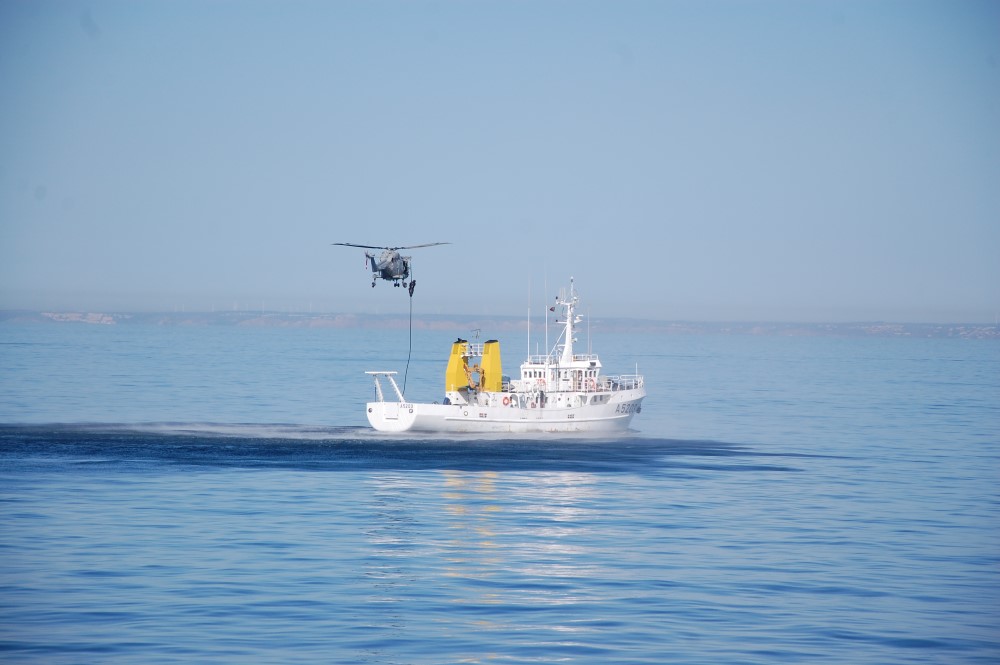
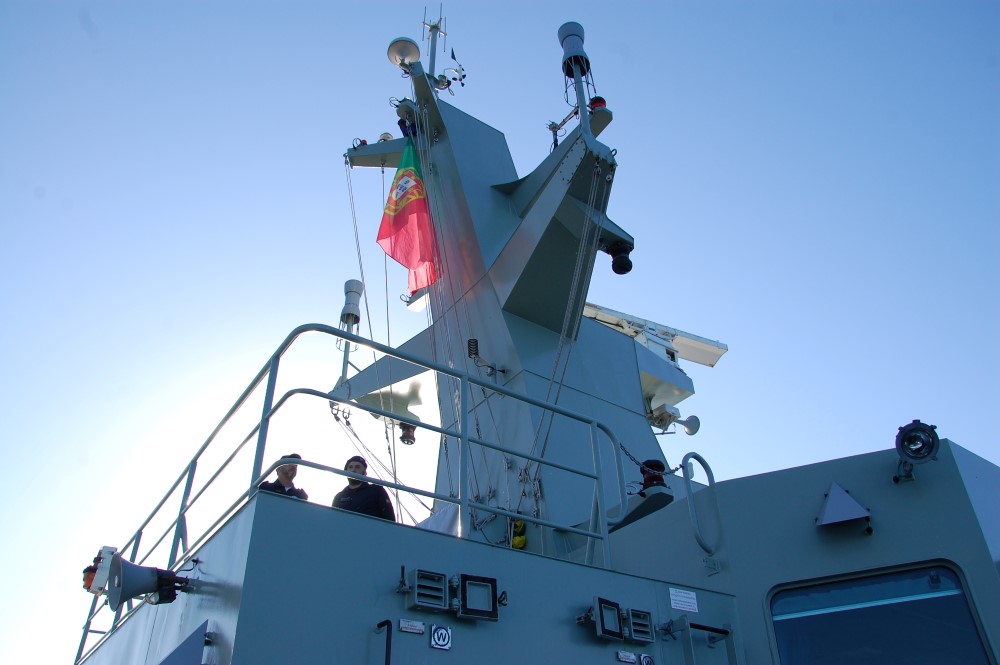
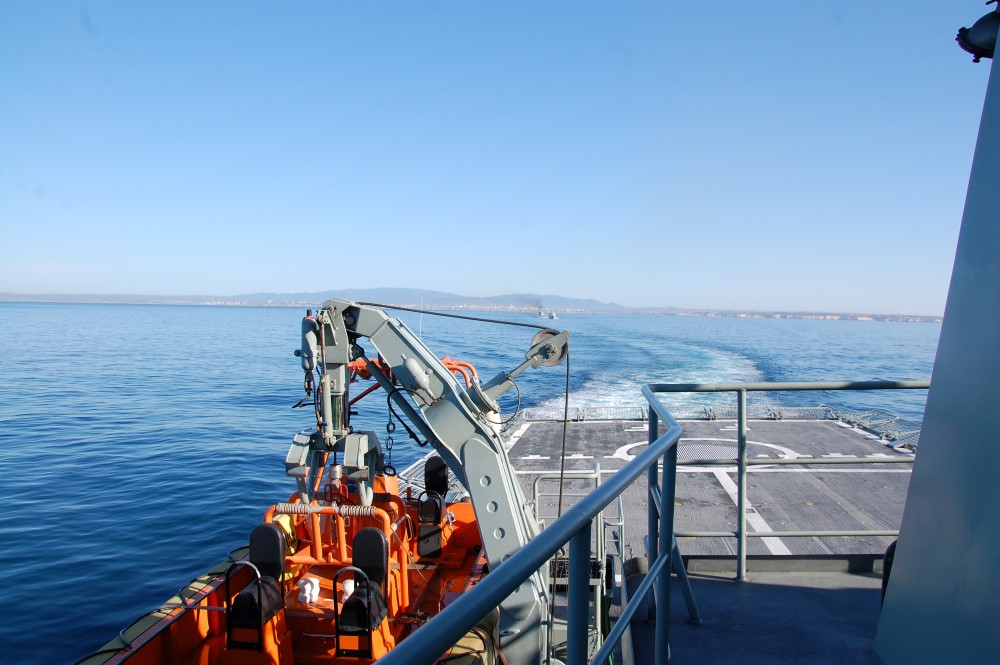
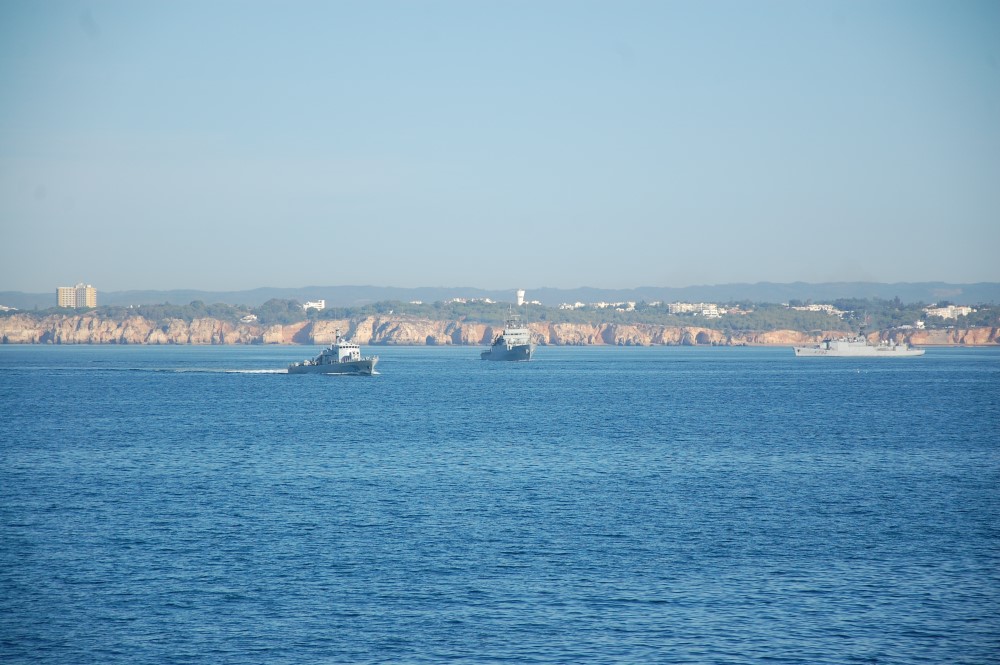
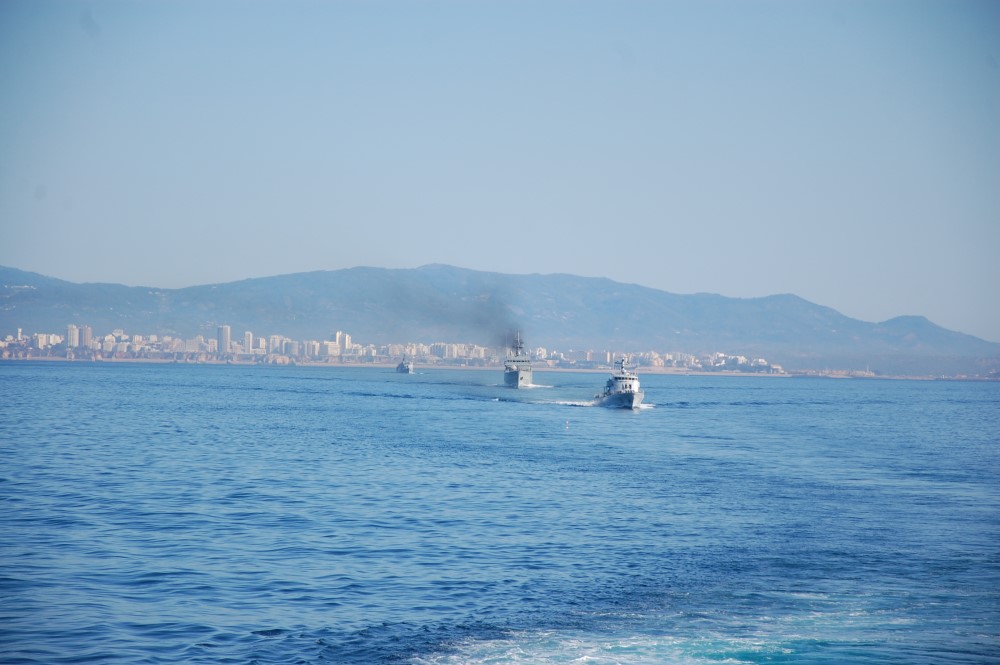
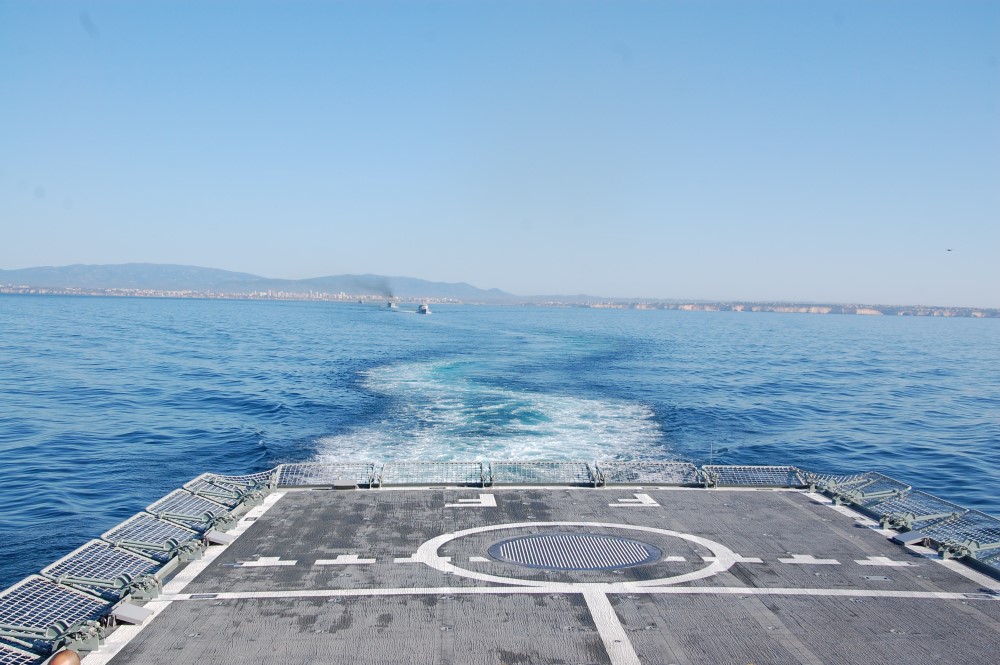
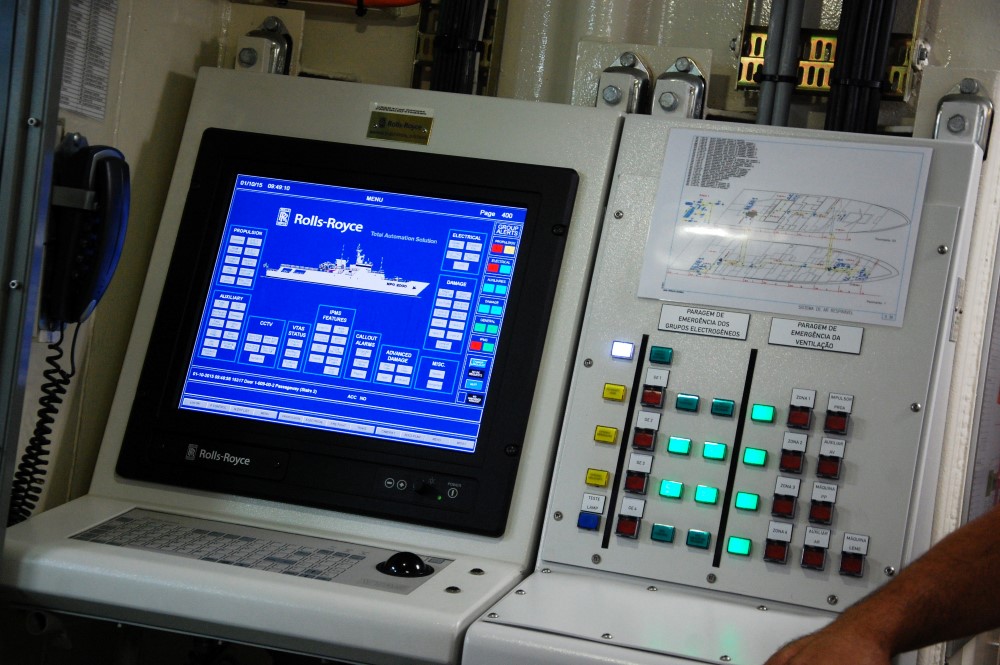
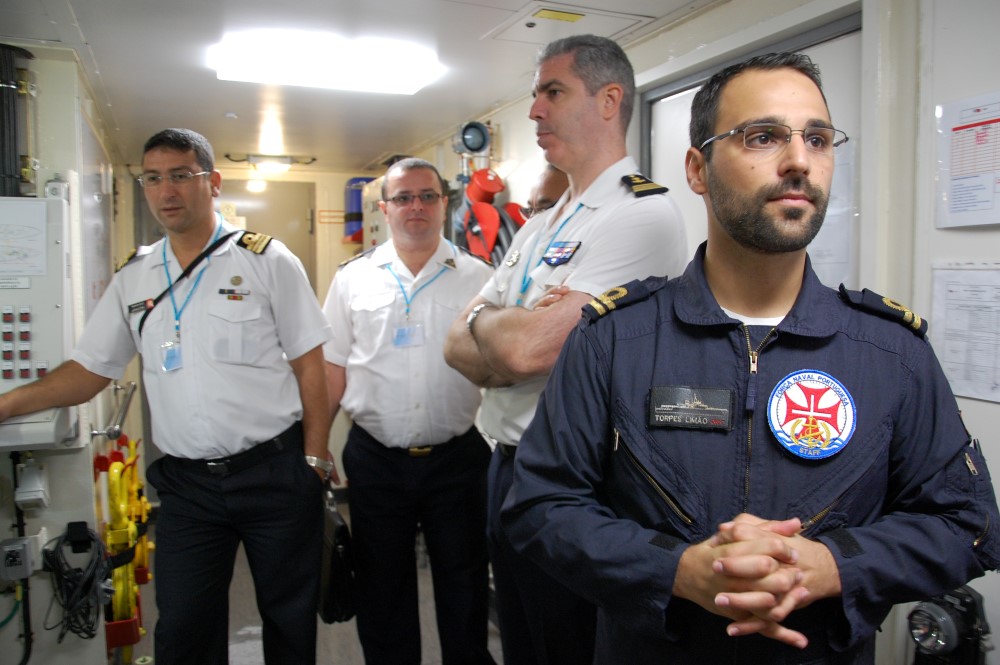
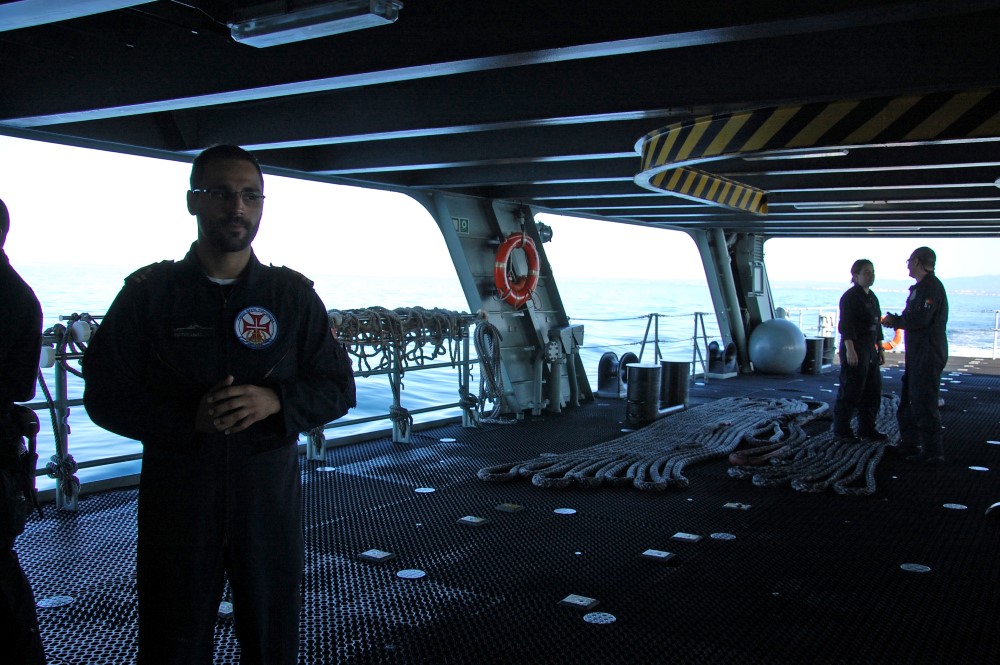
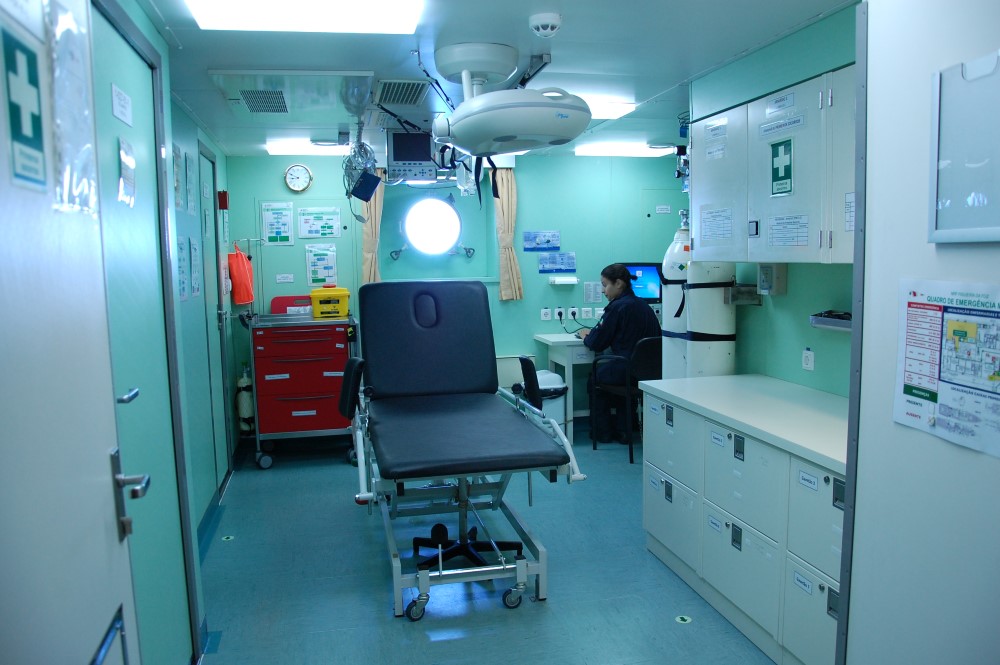
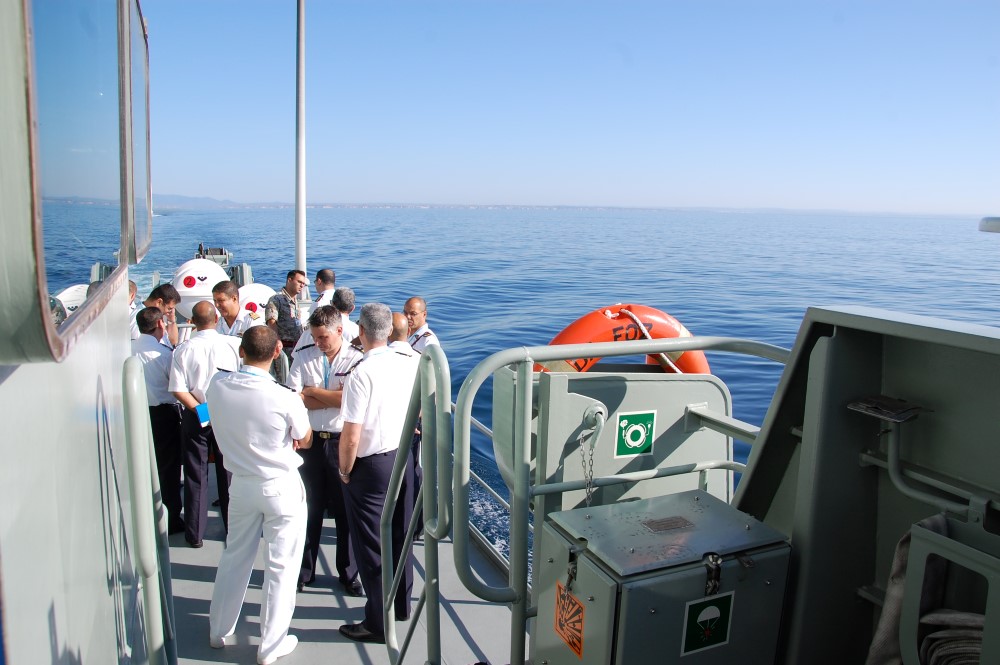
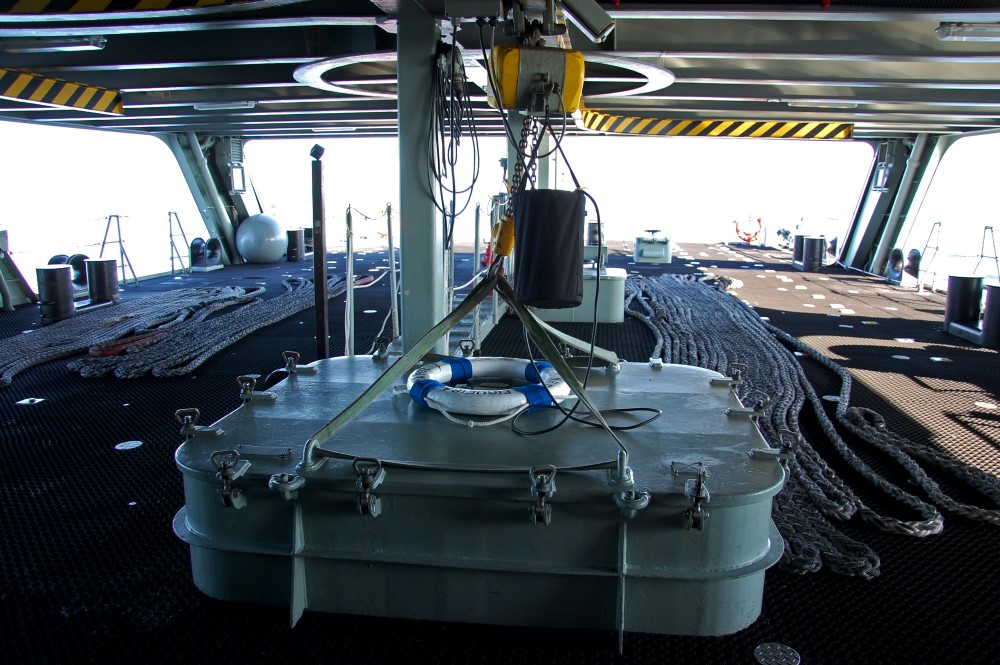
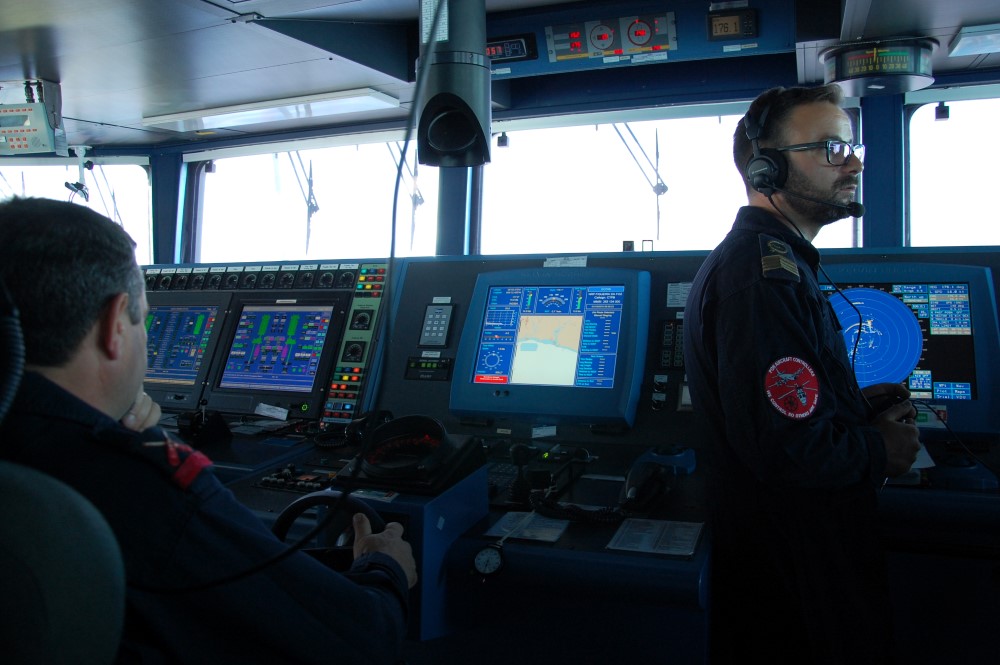
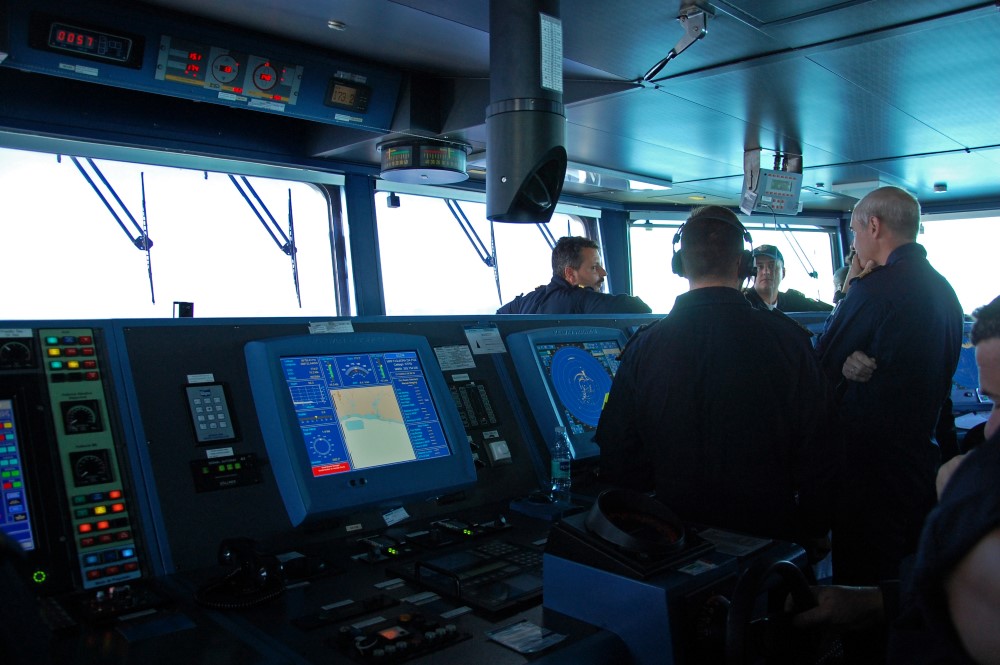
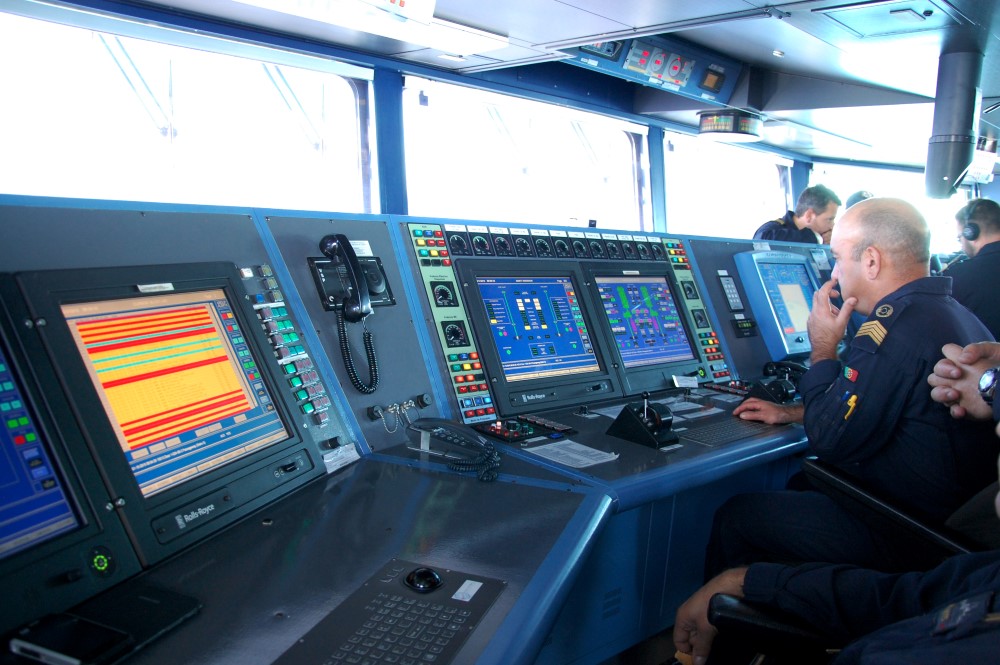
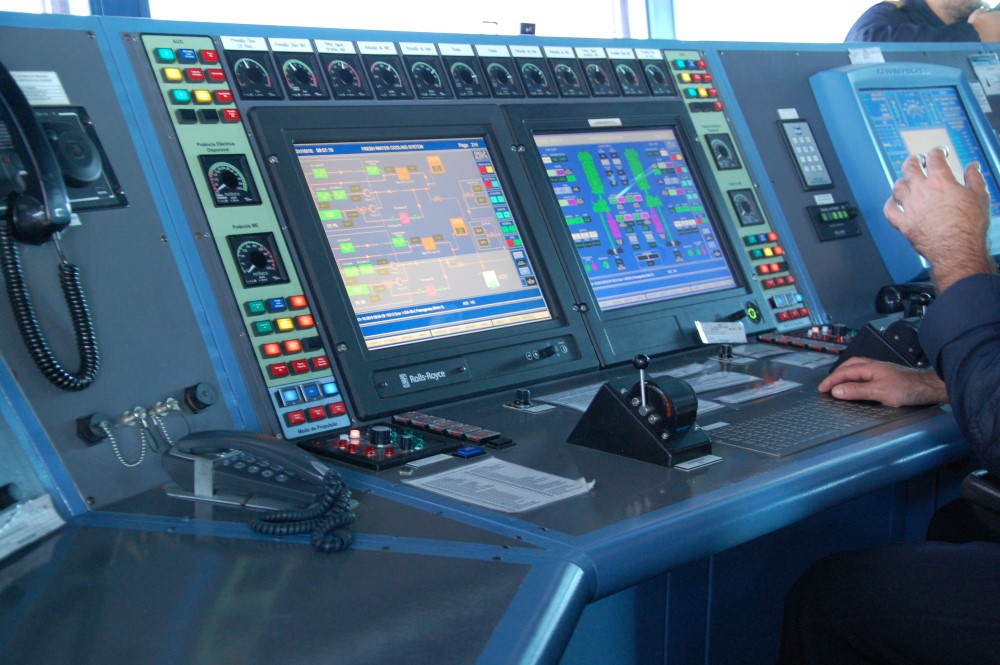
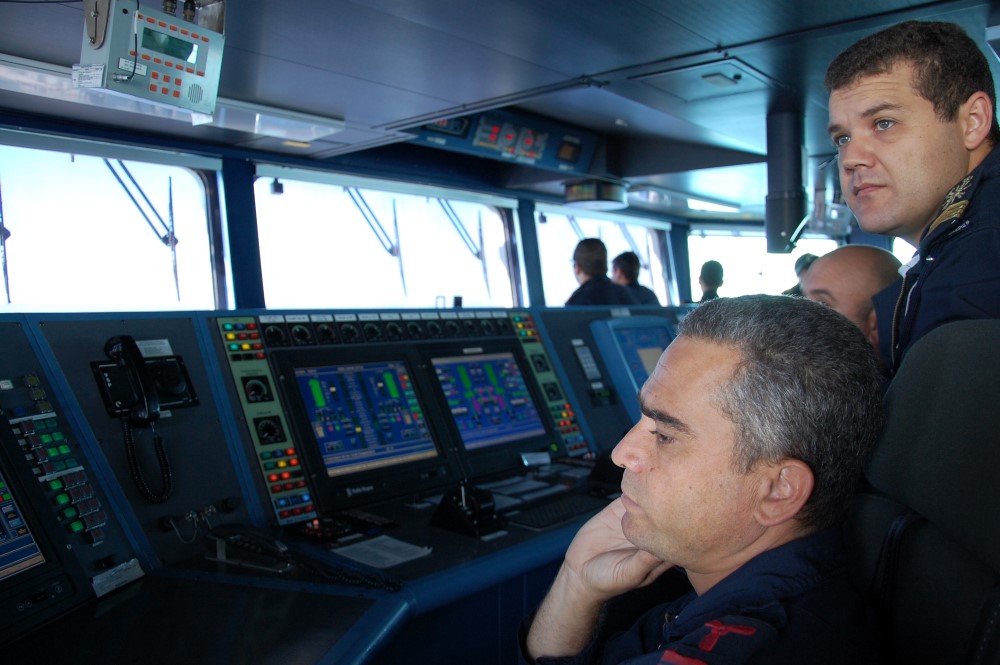
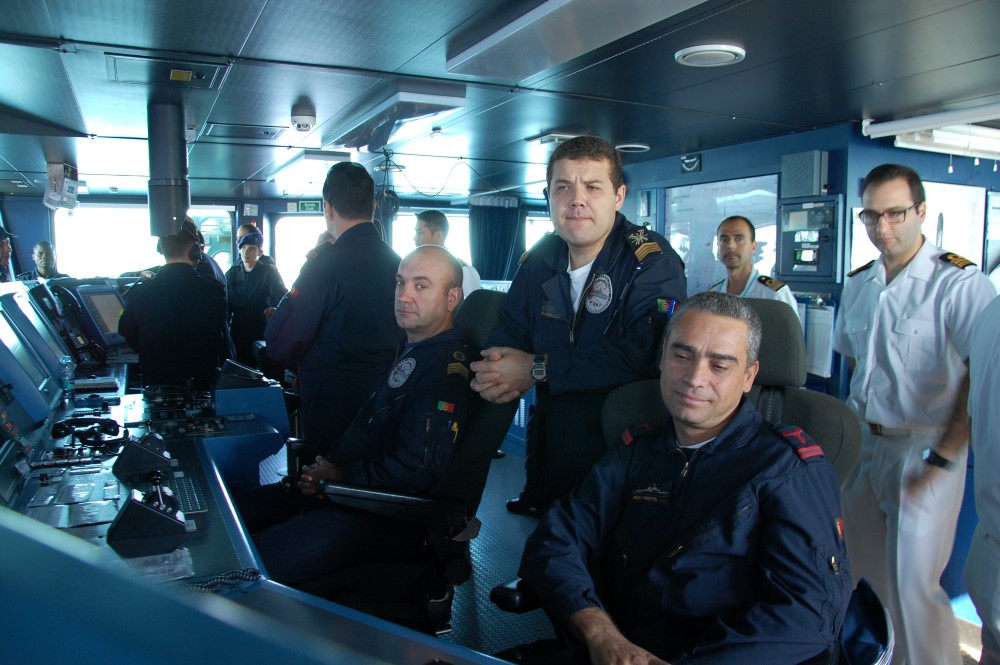
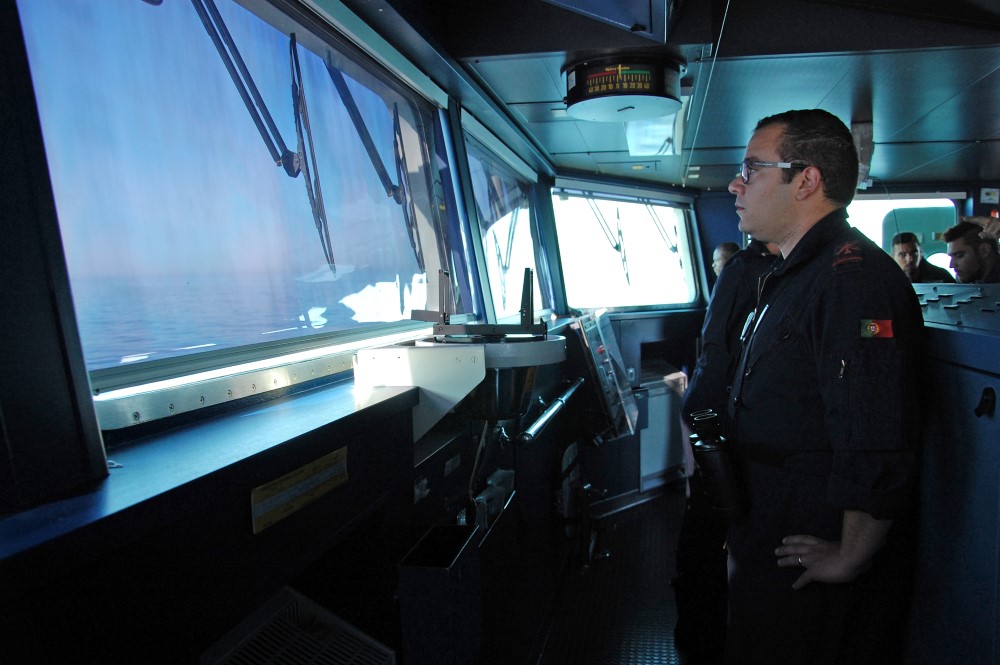
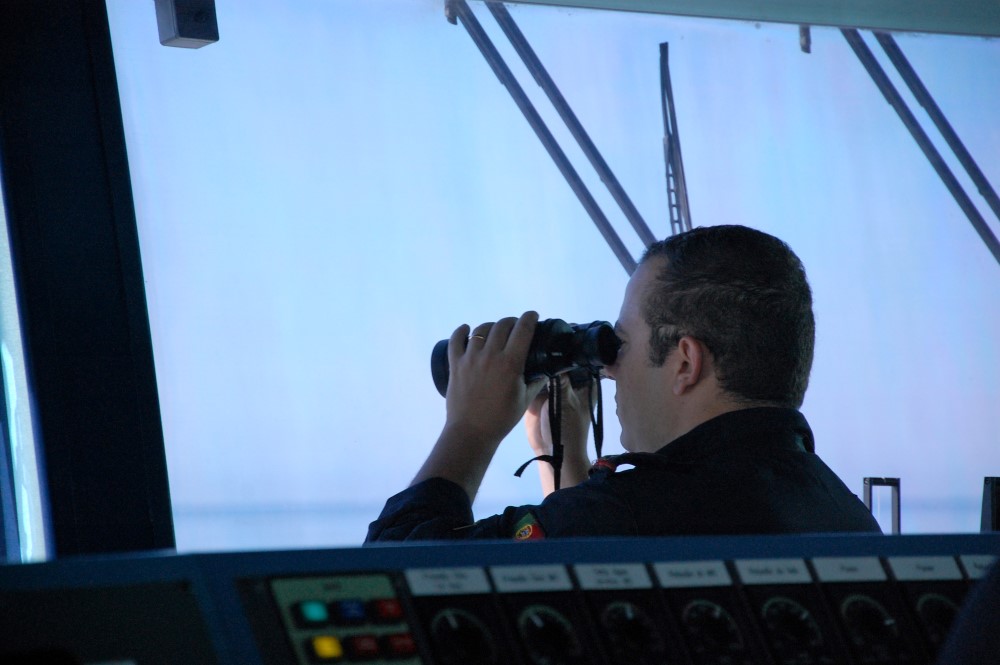
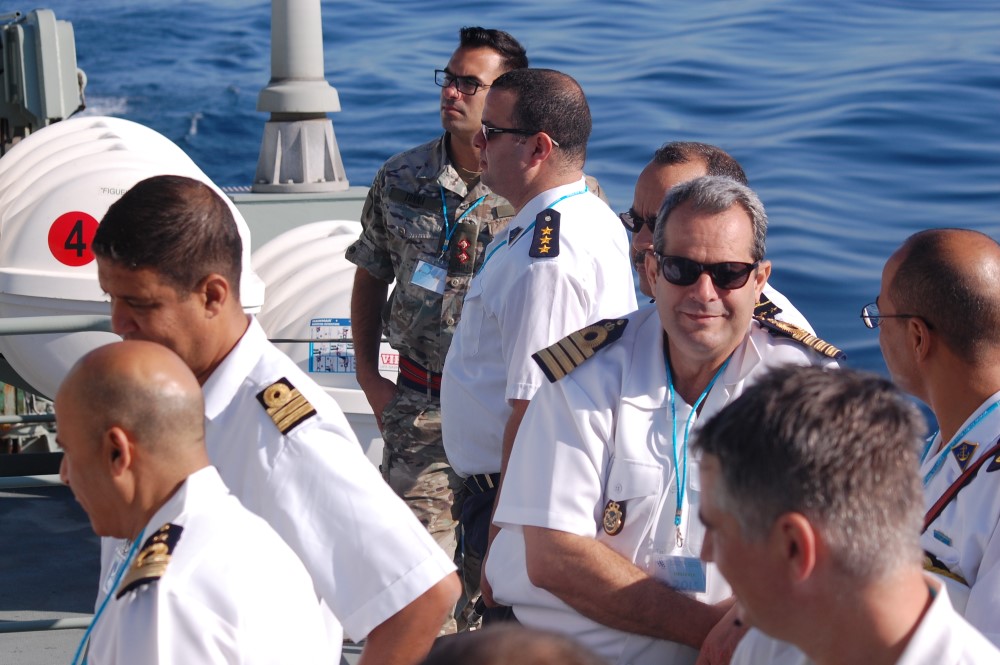
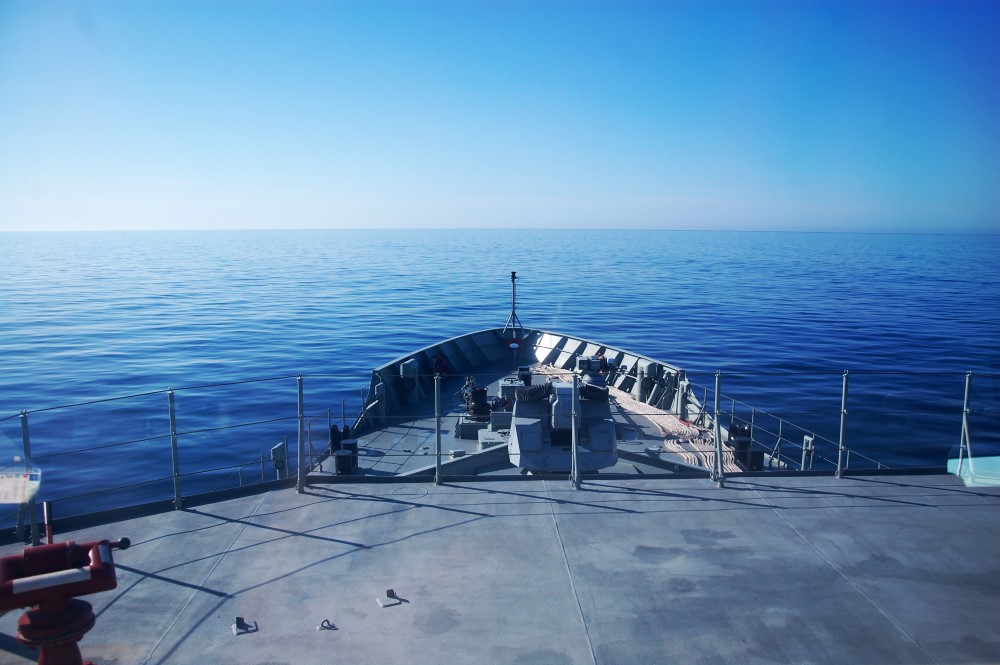
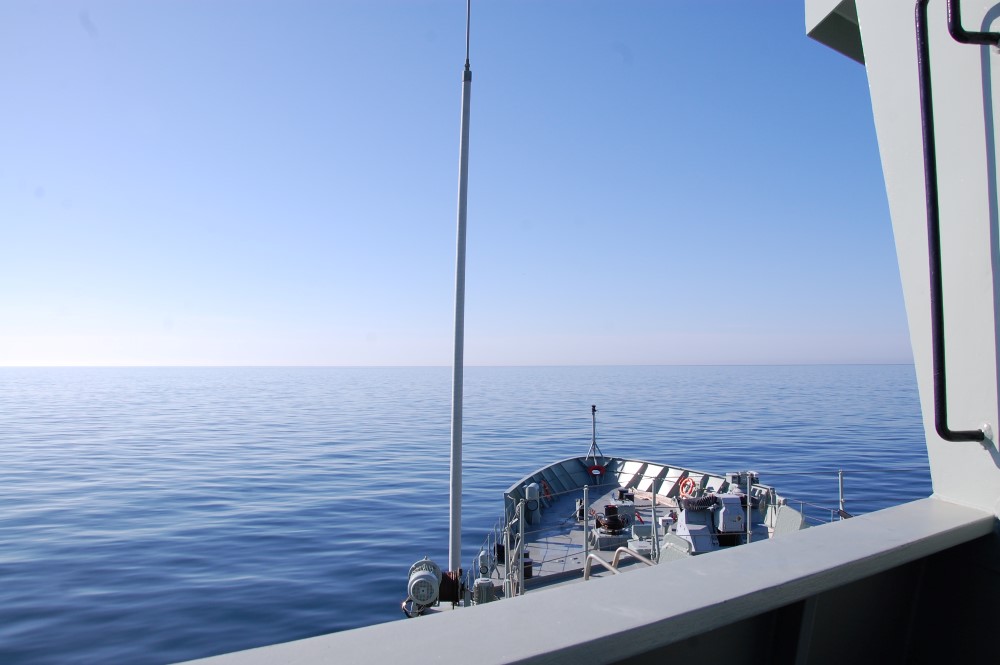
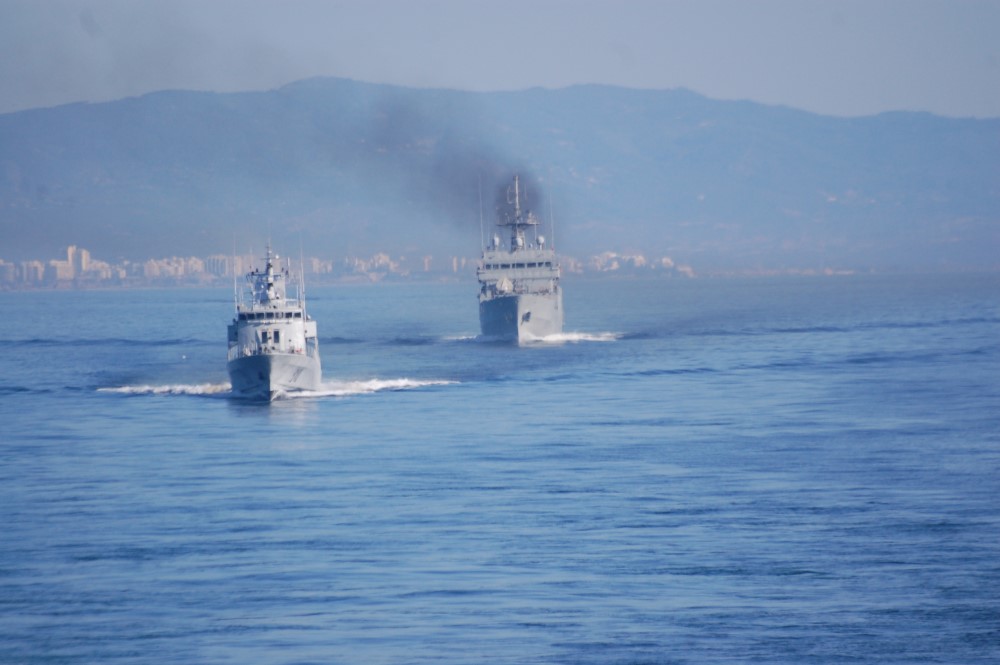
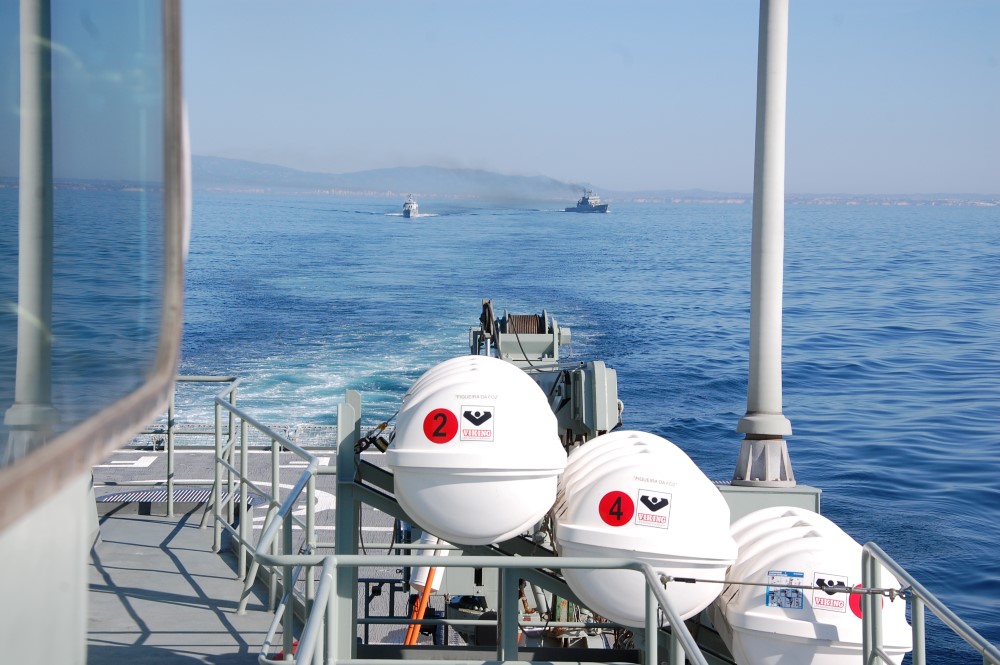
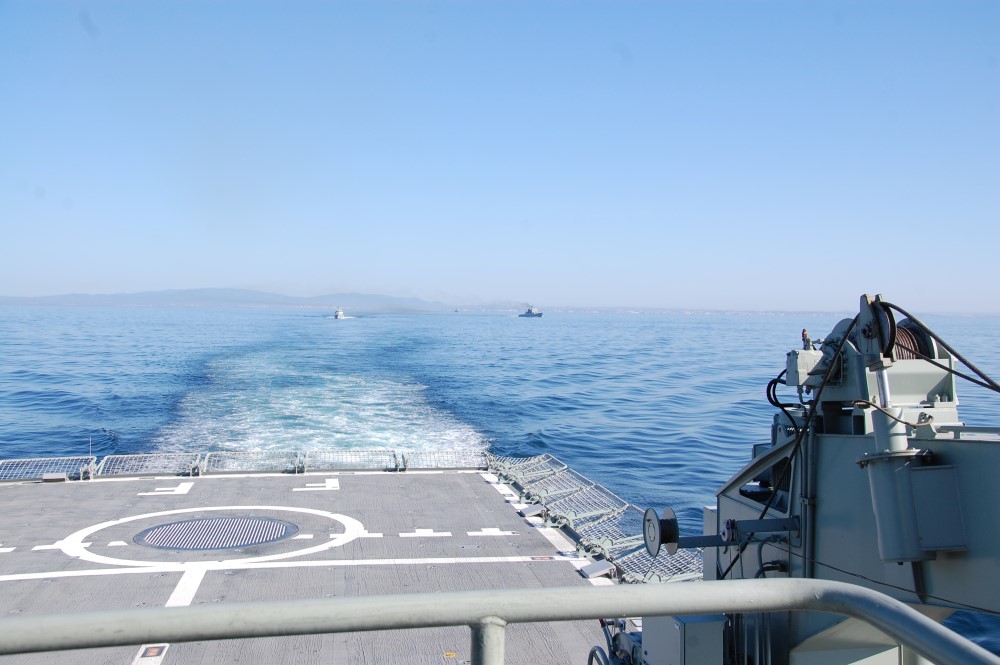
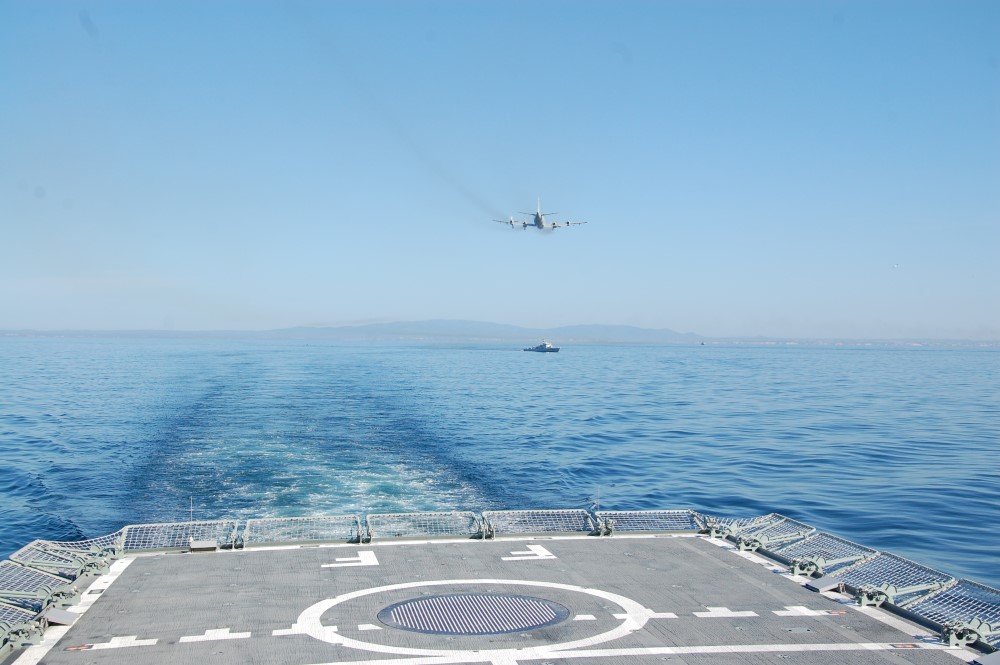
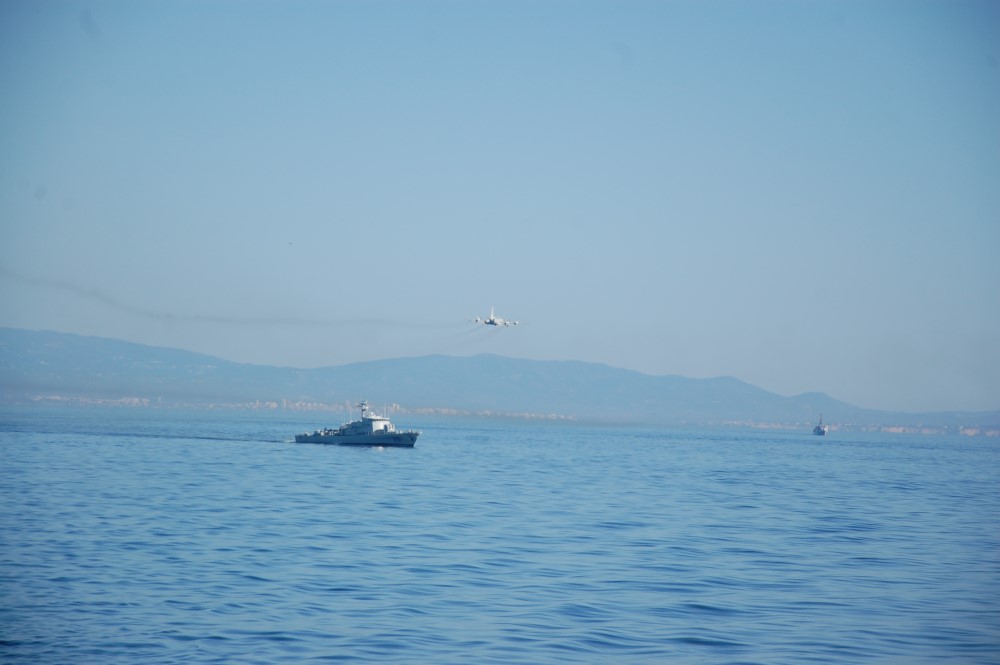
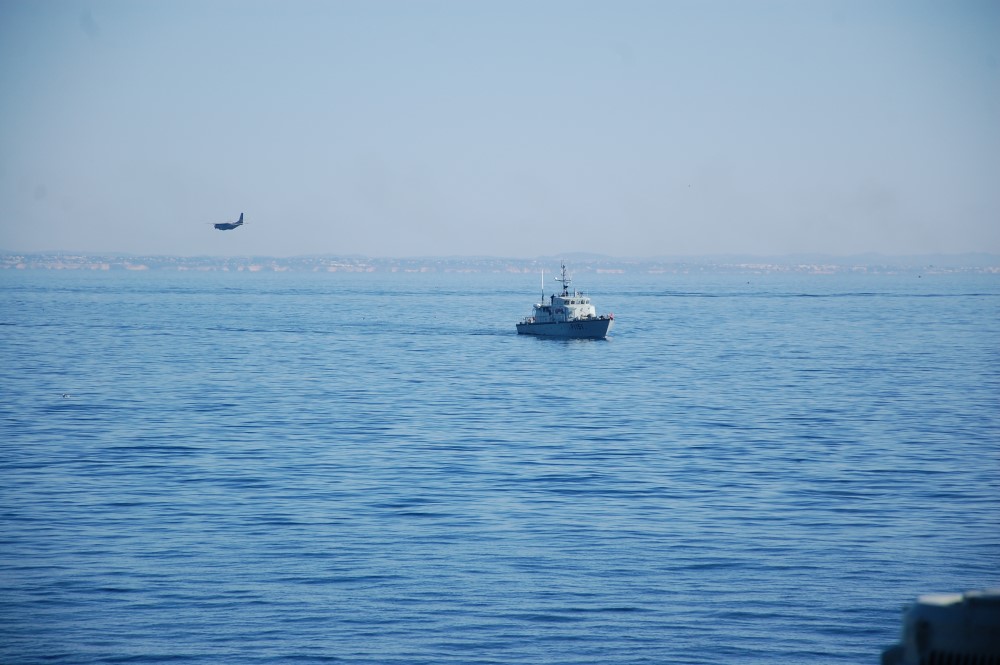
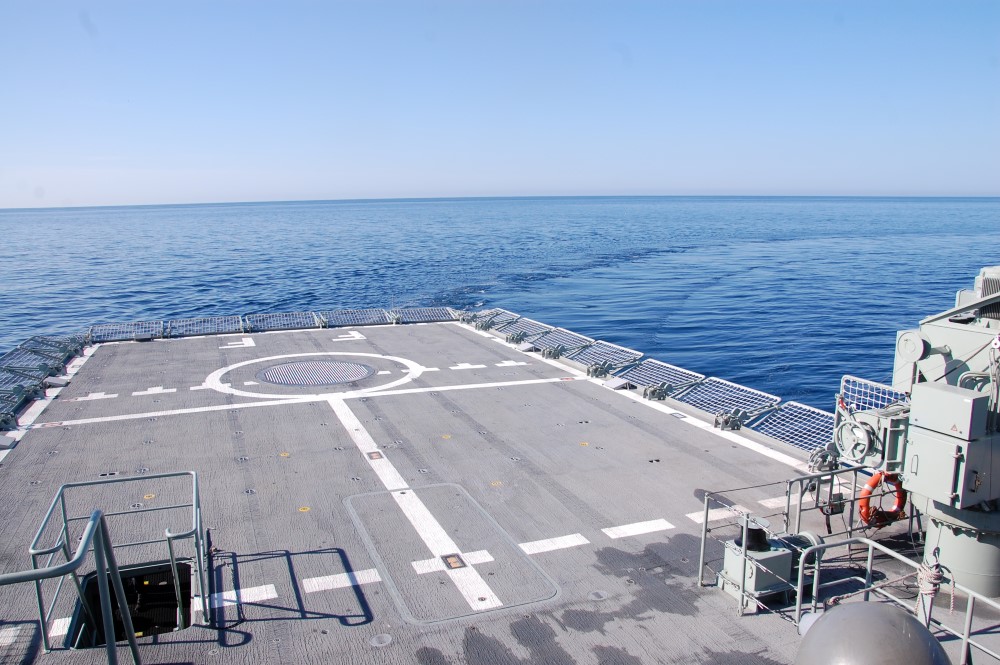
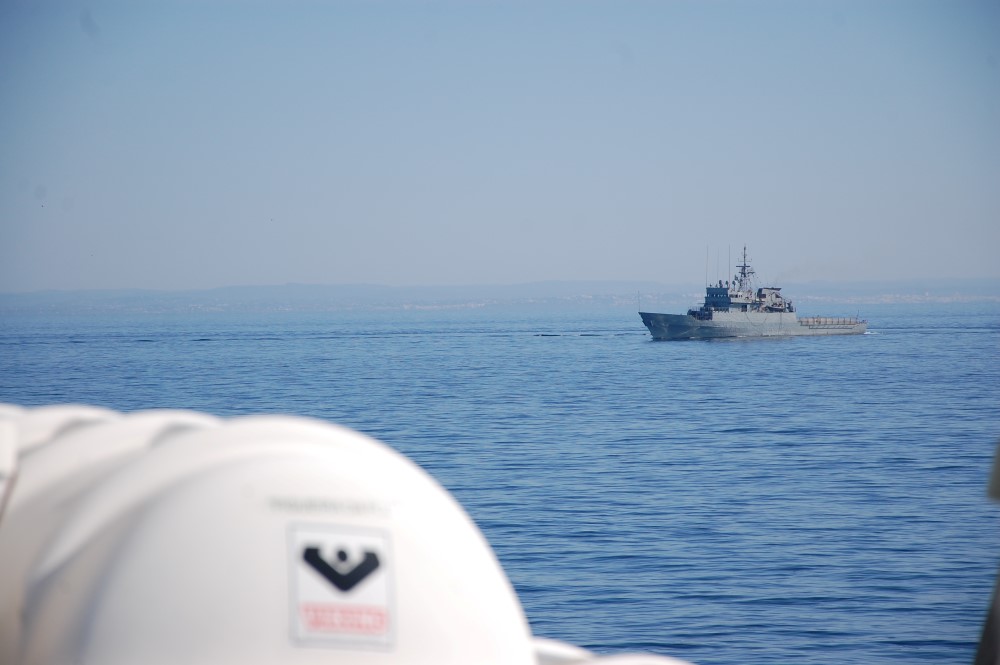
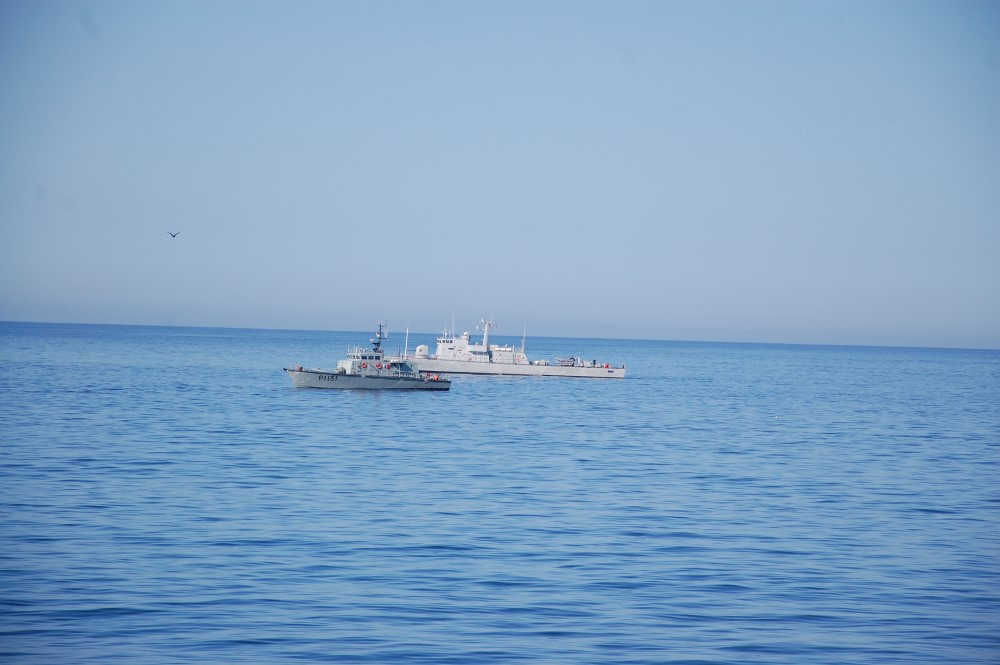


















Comments